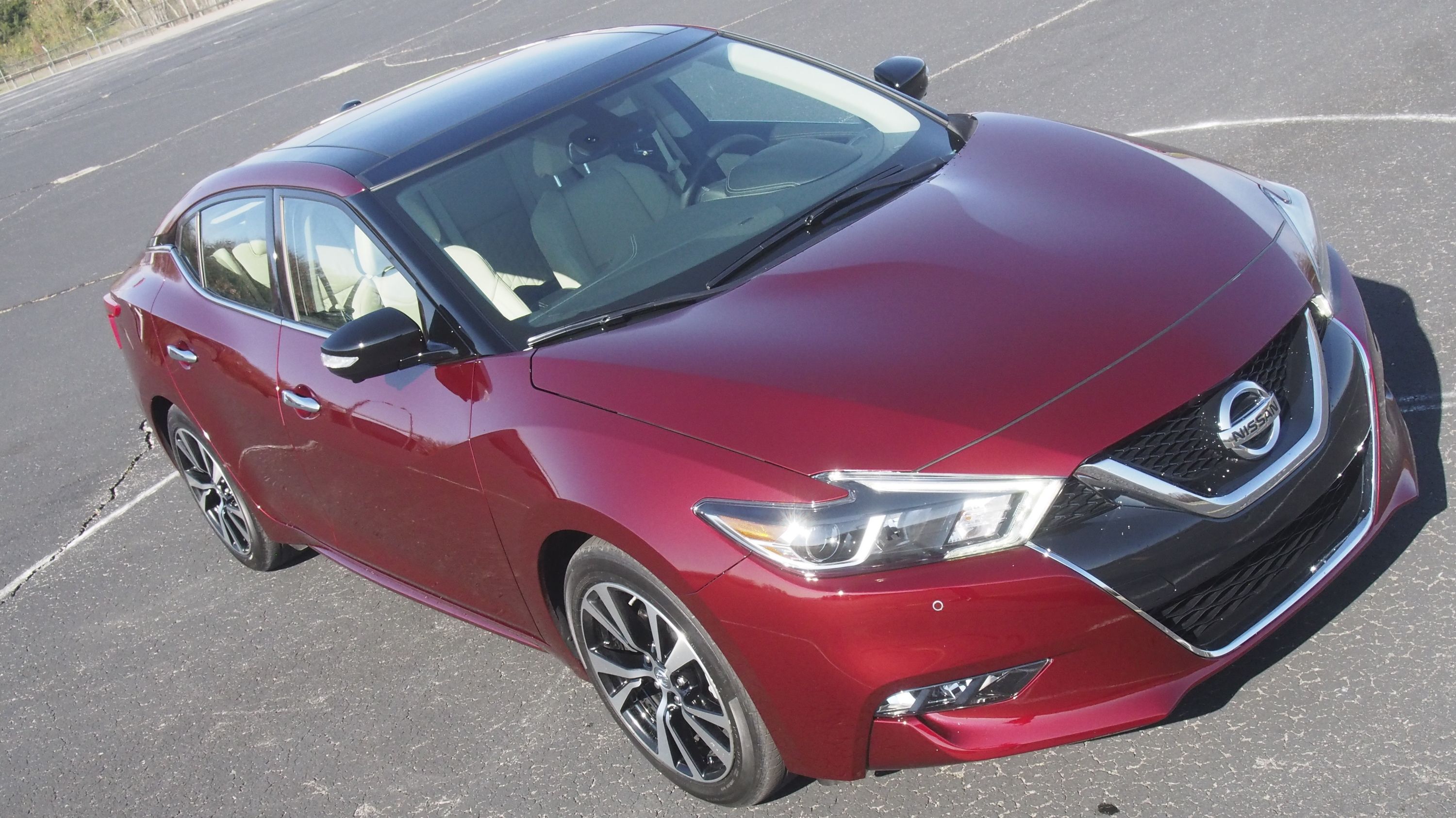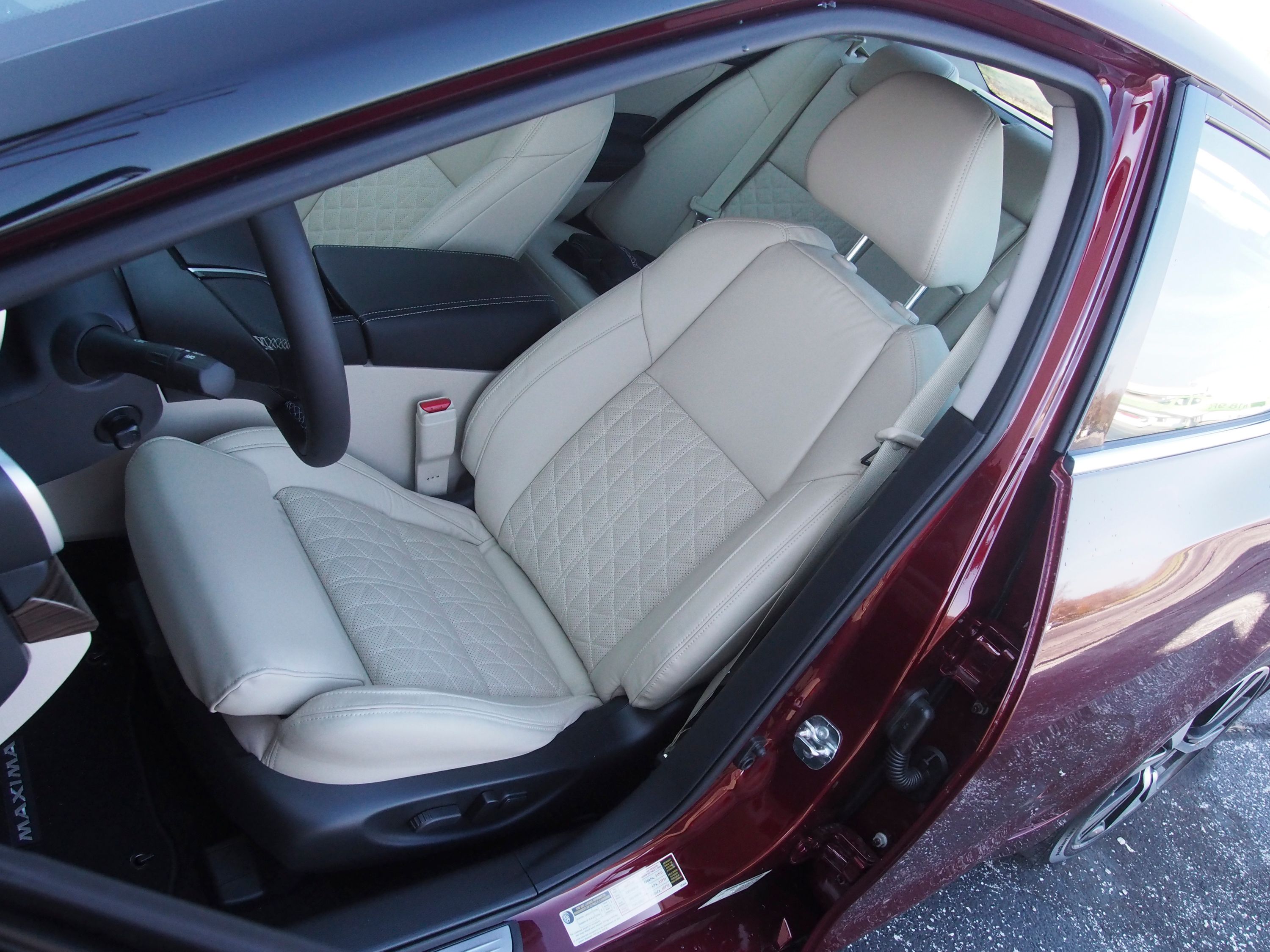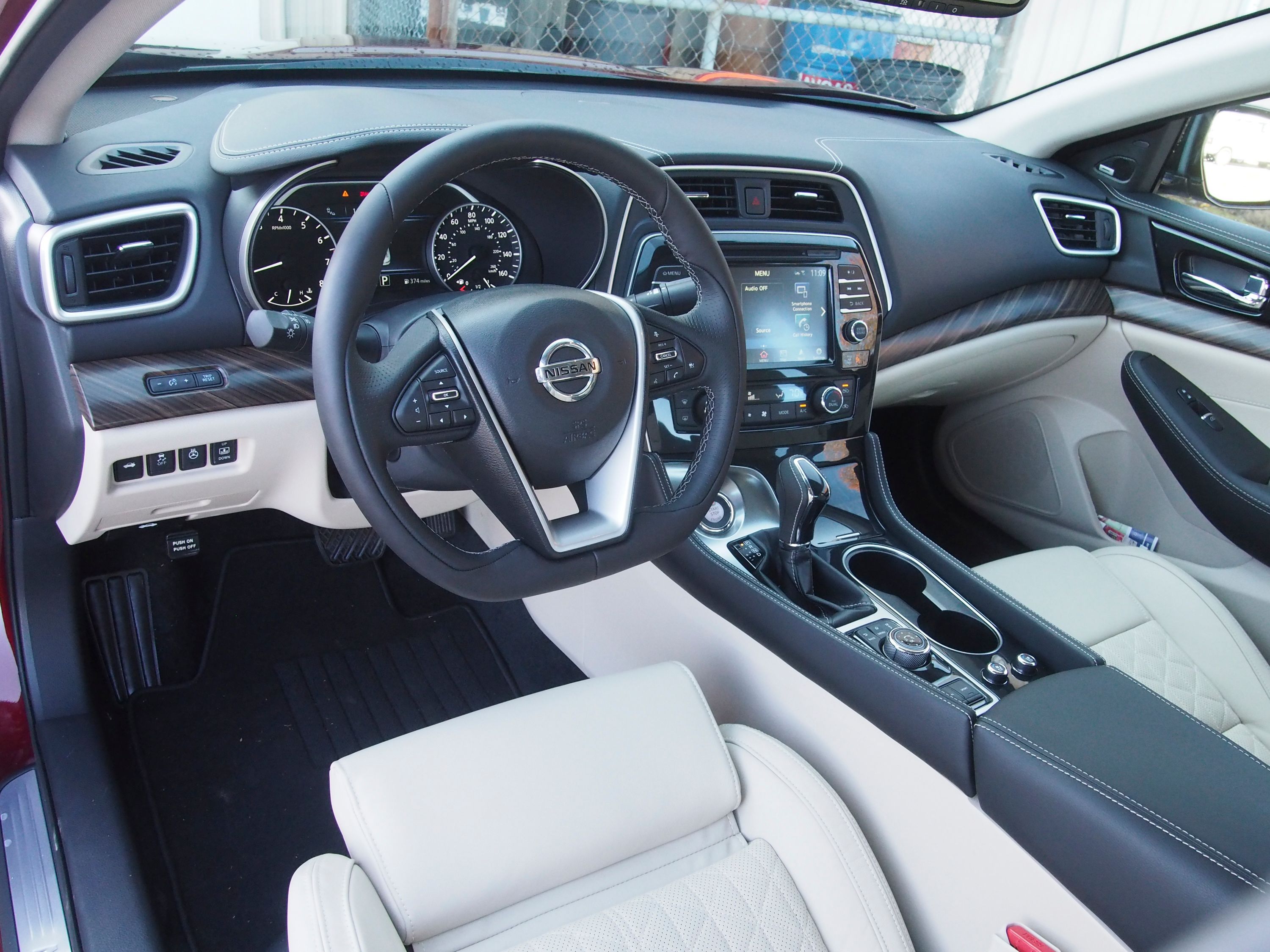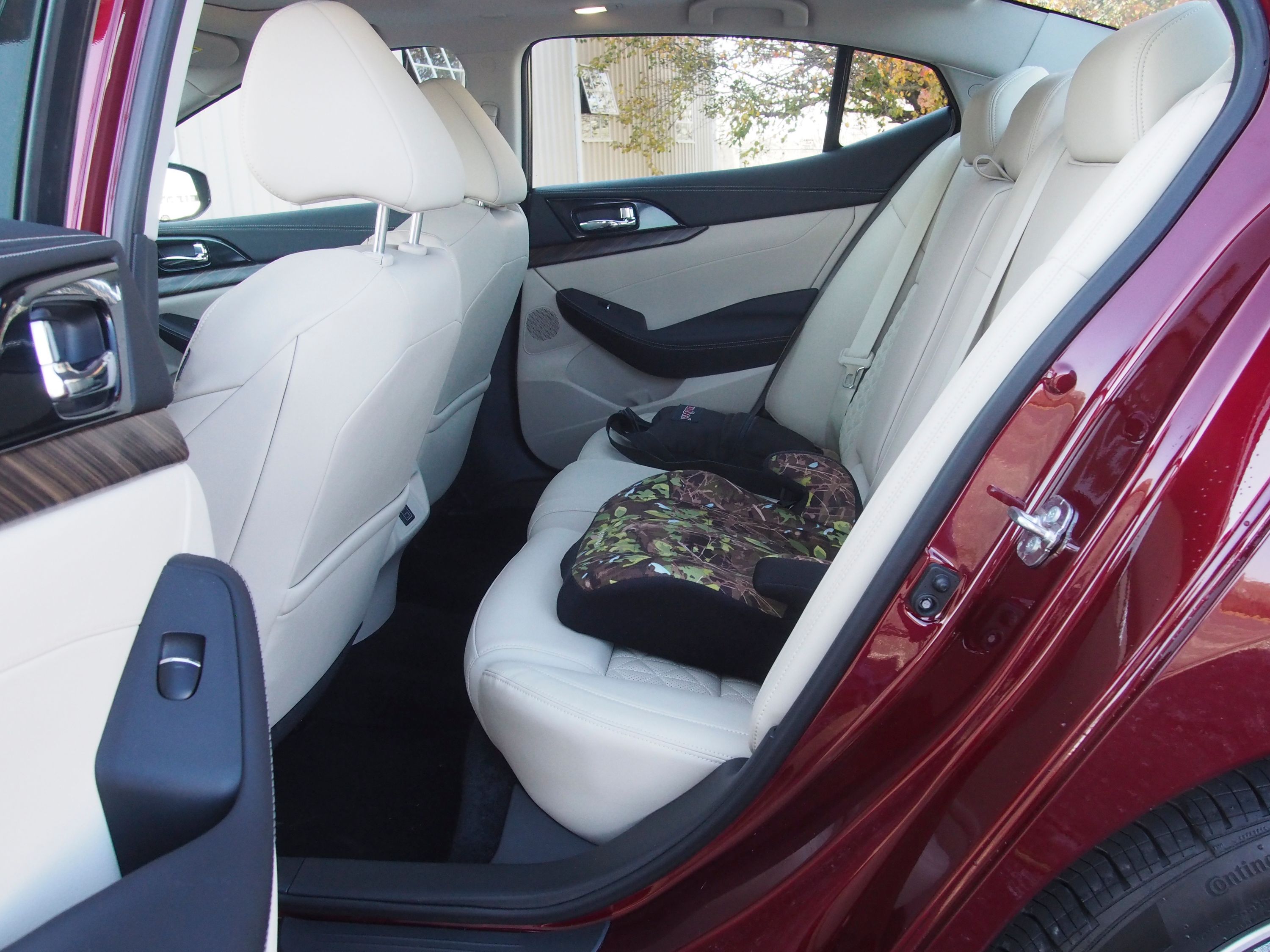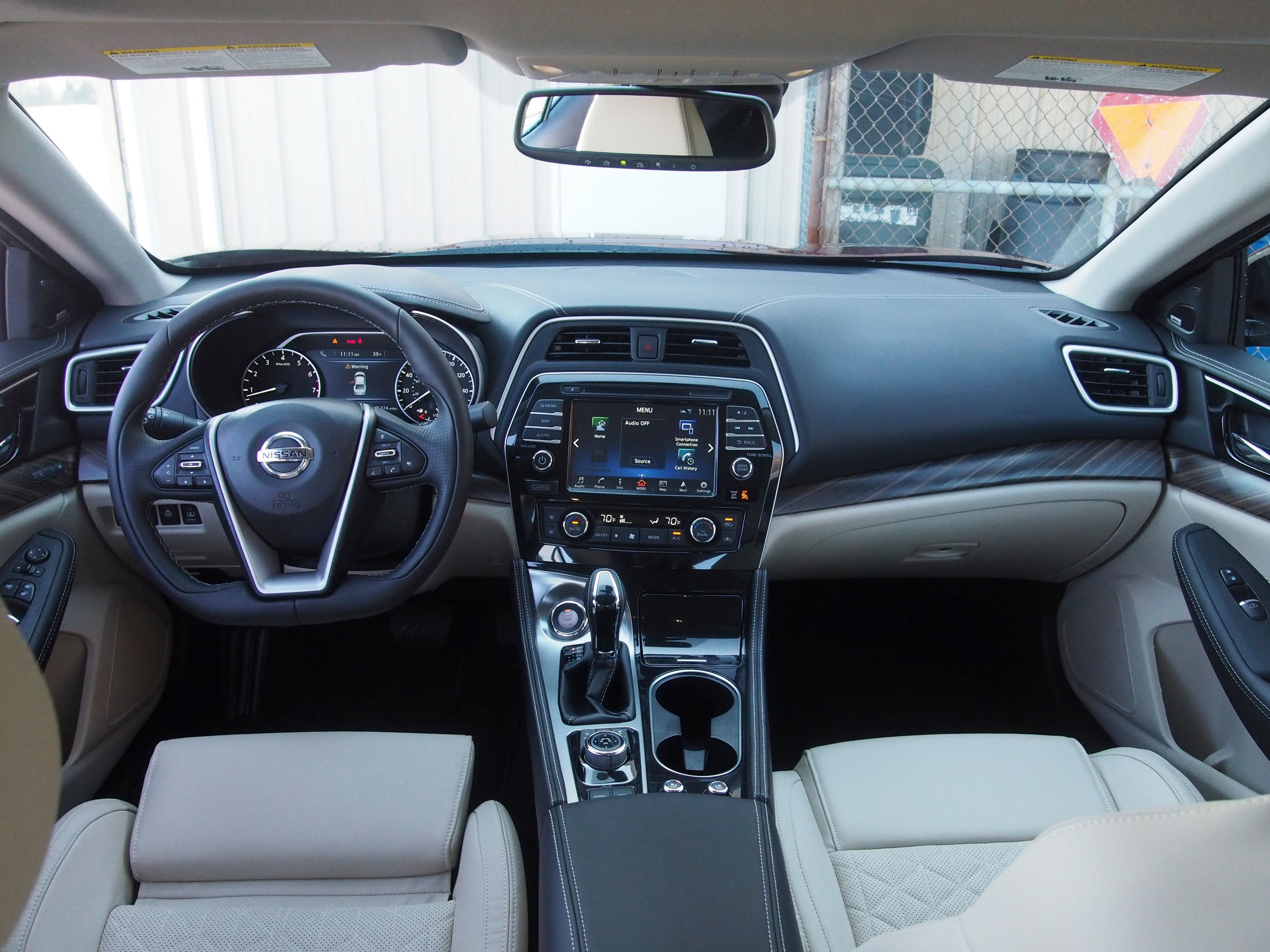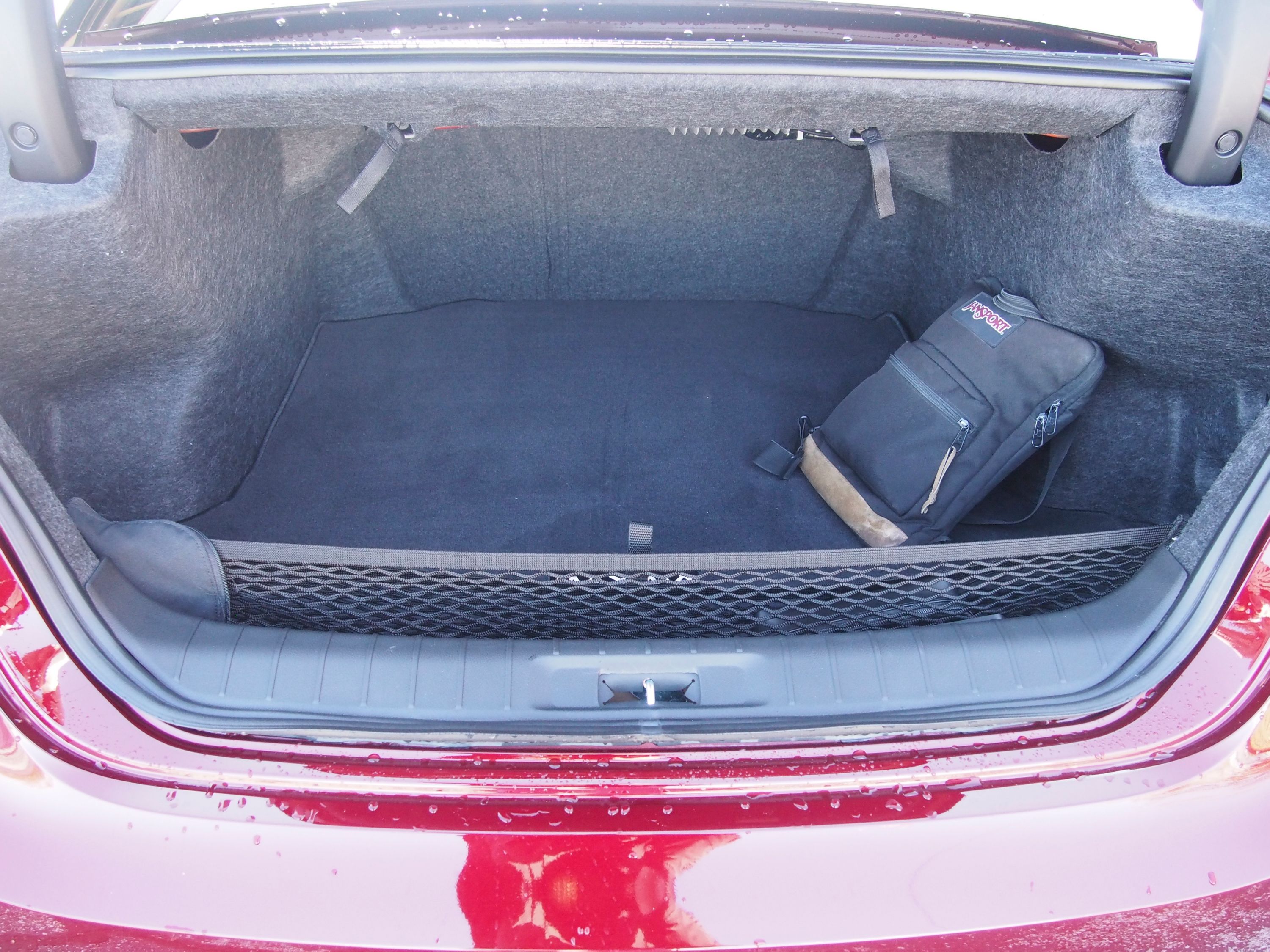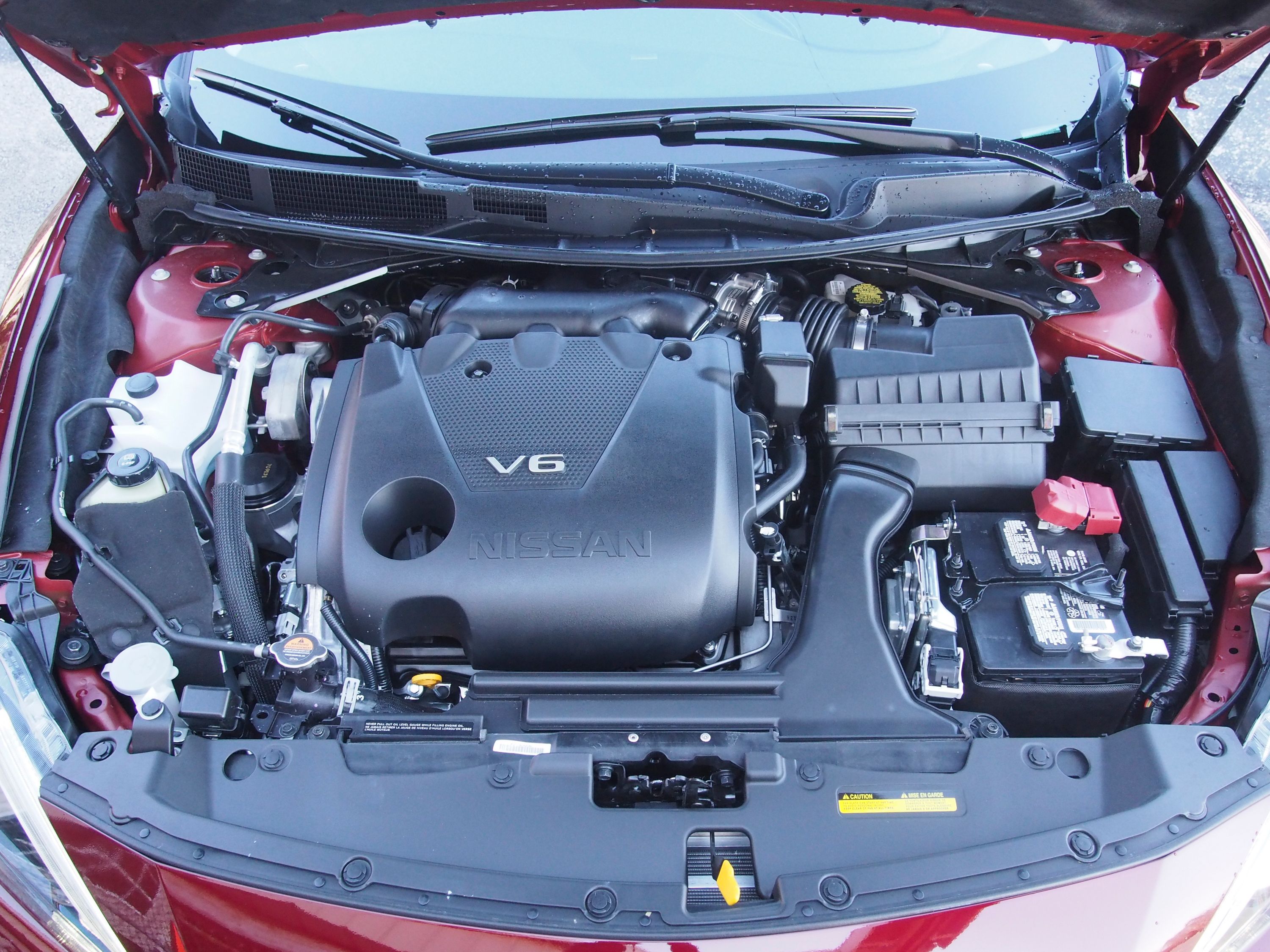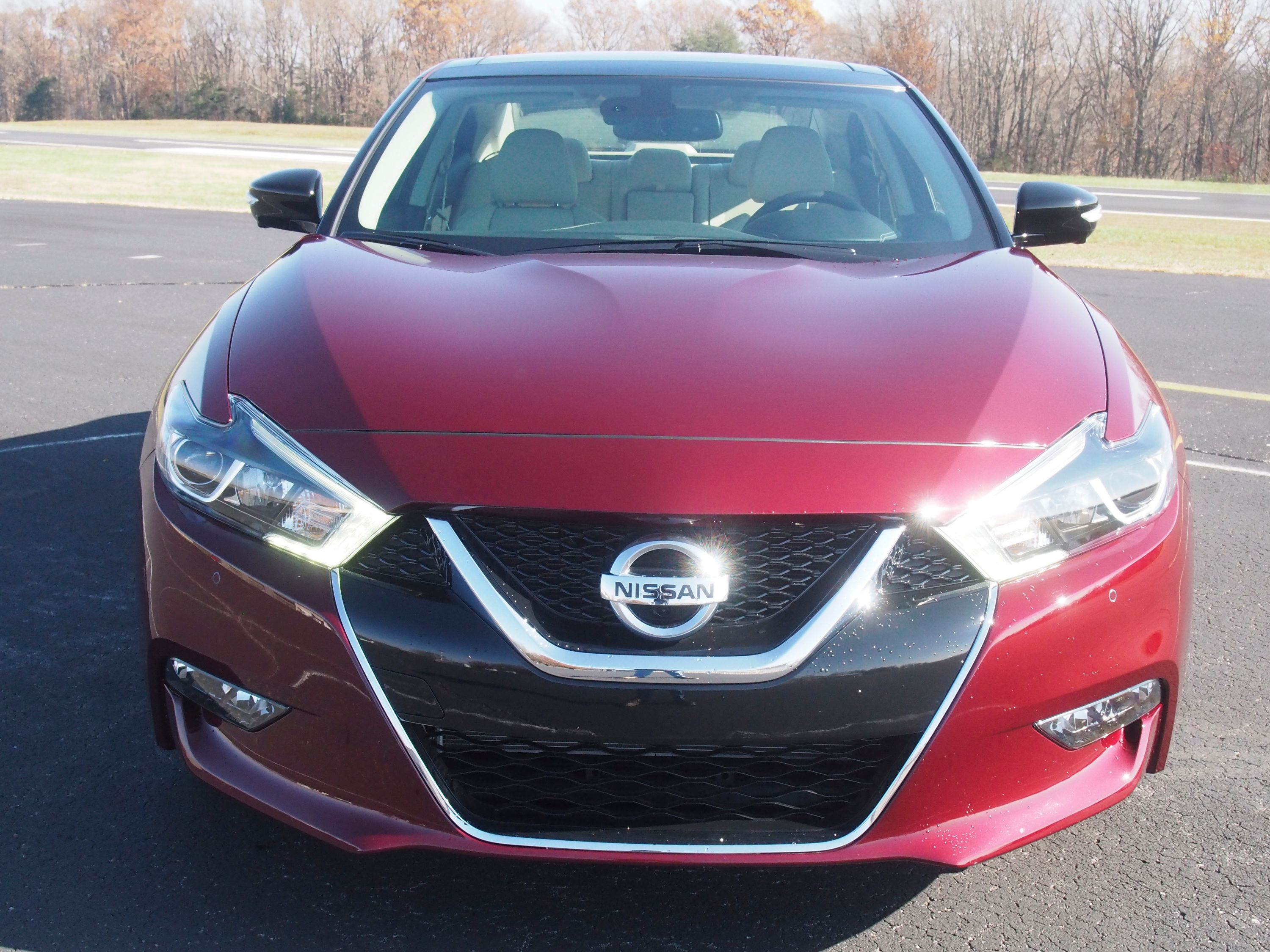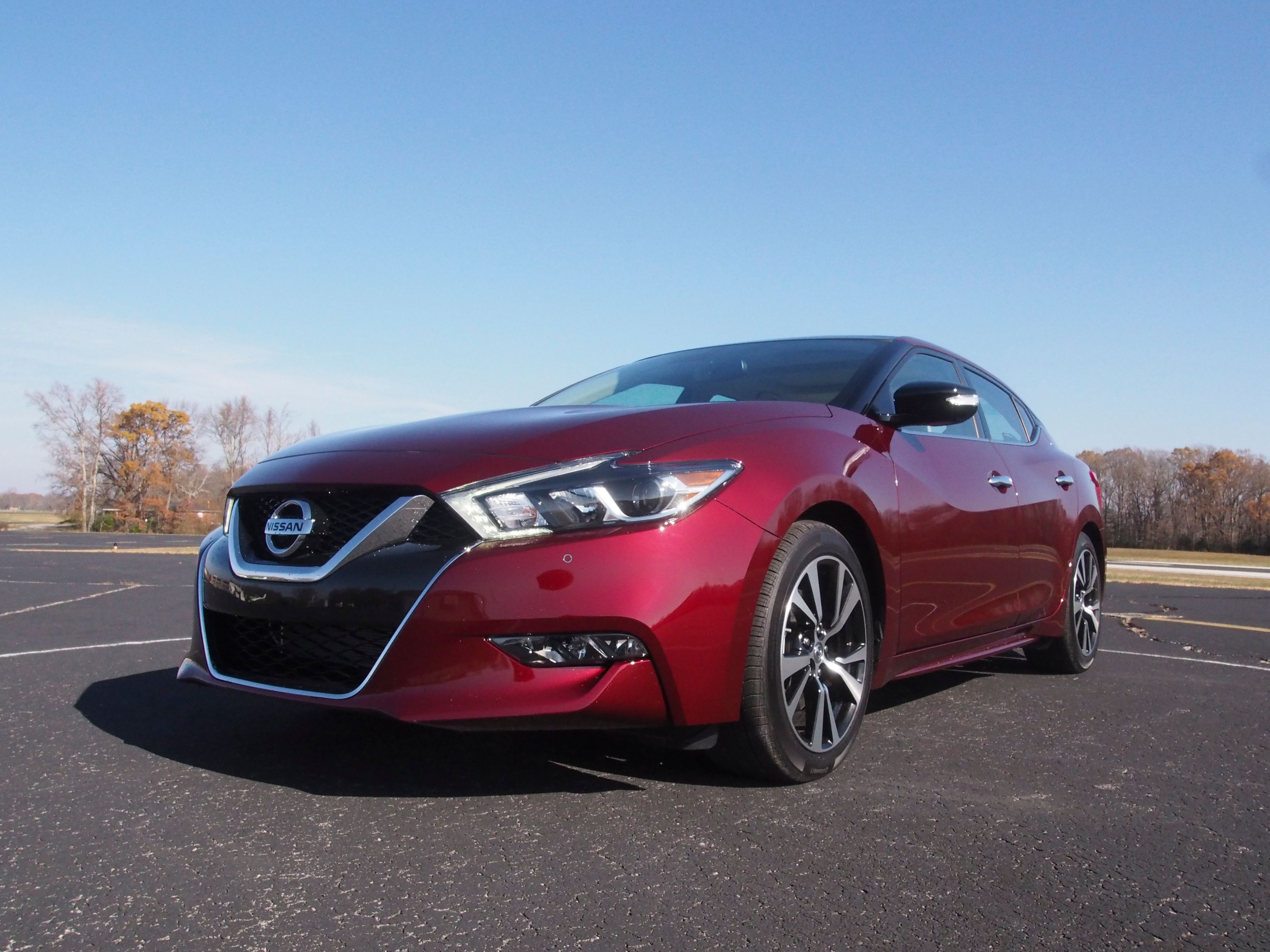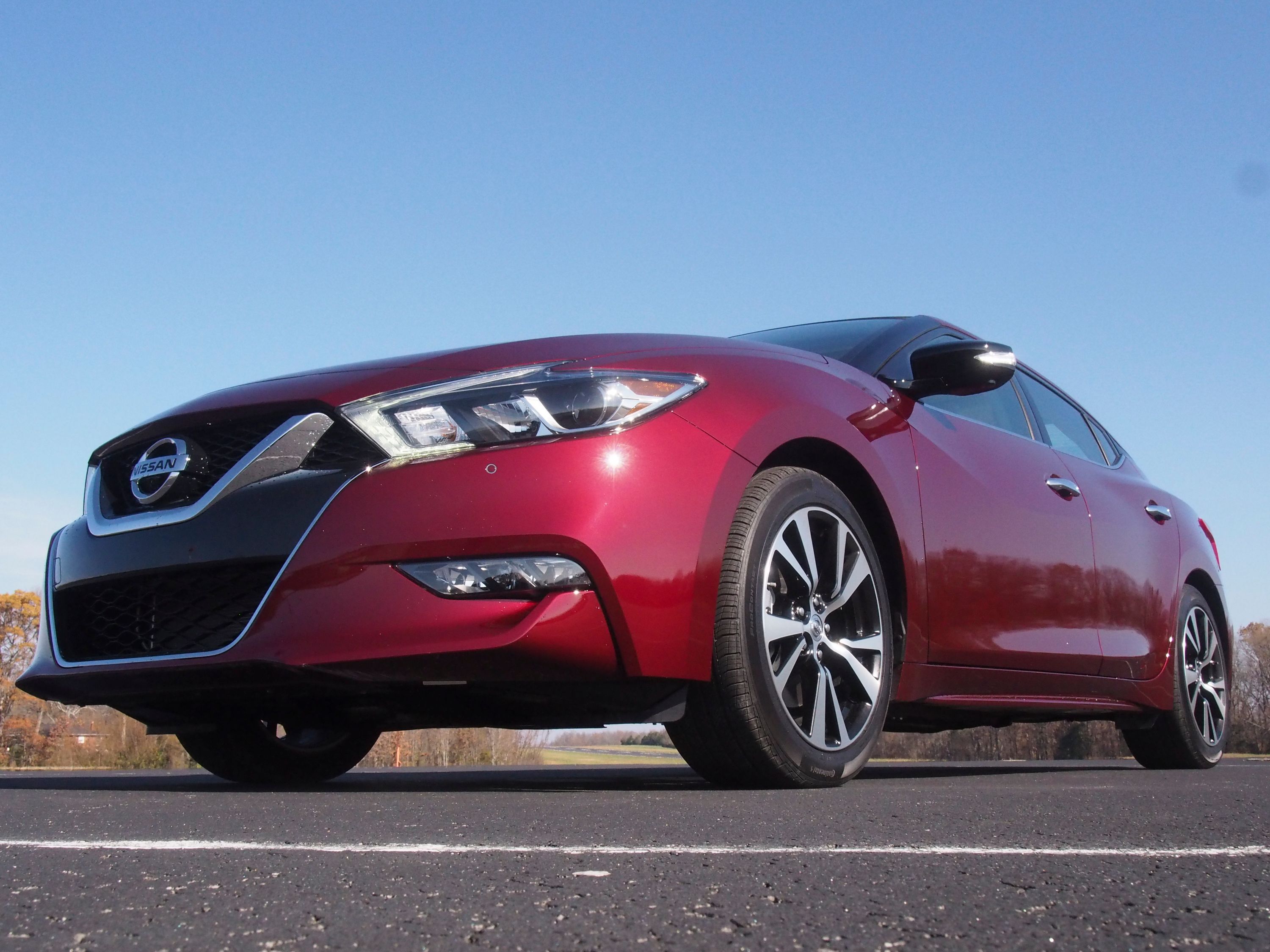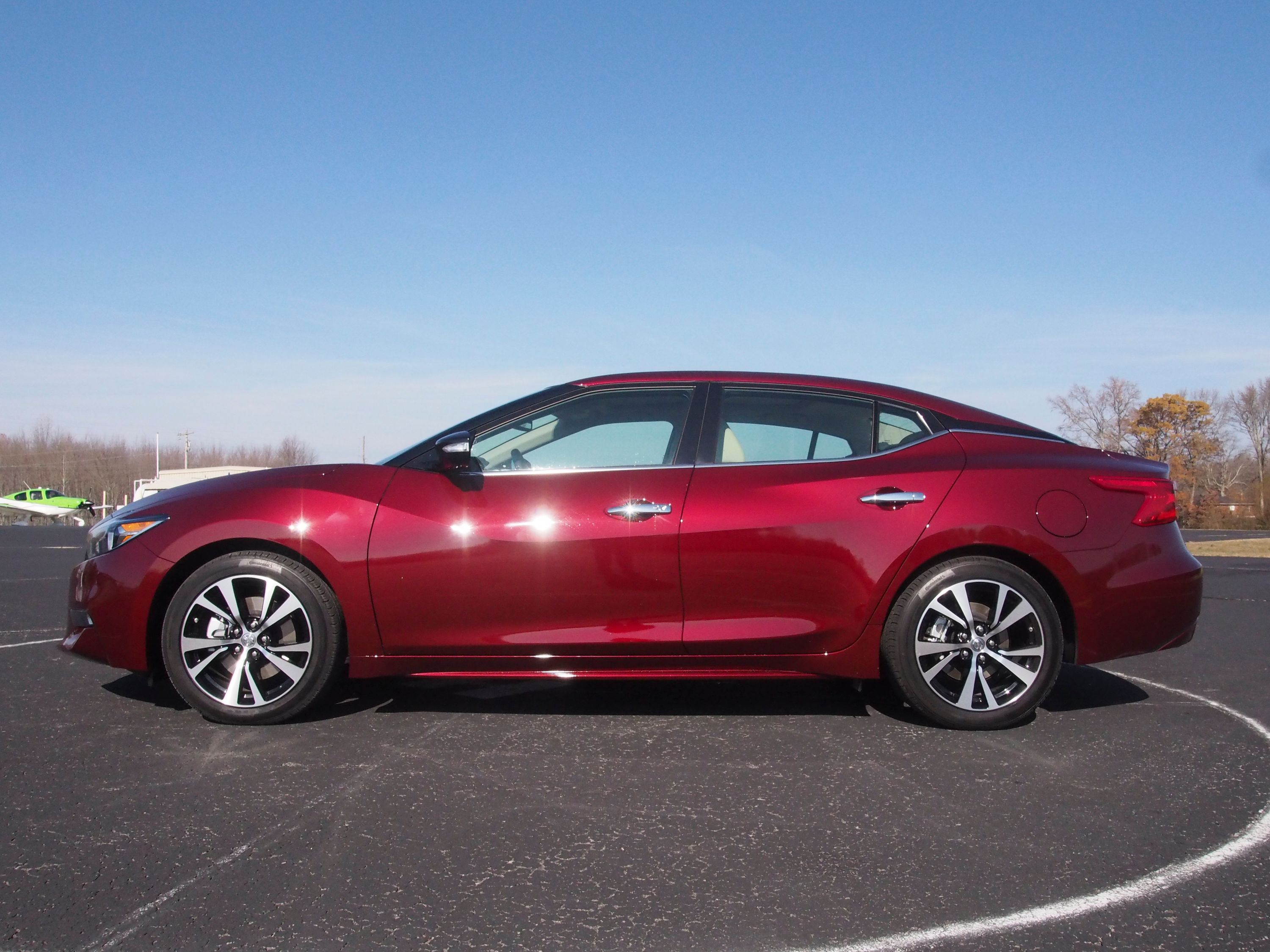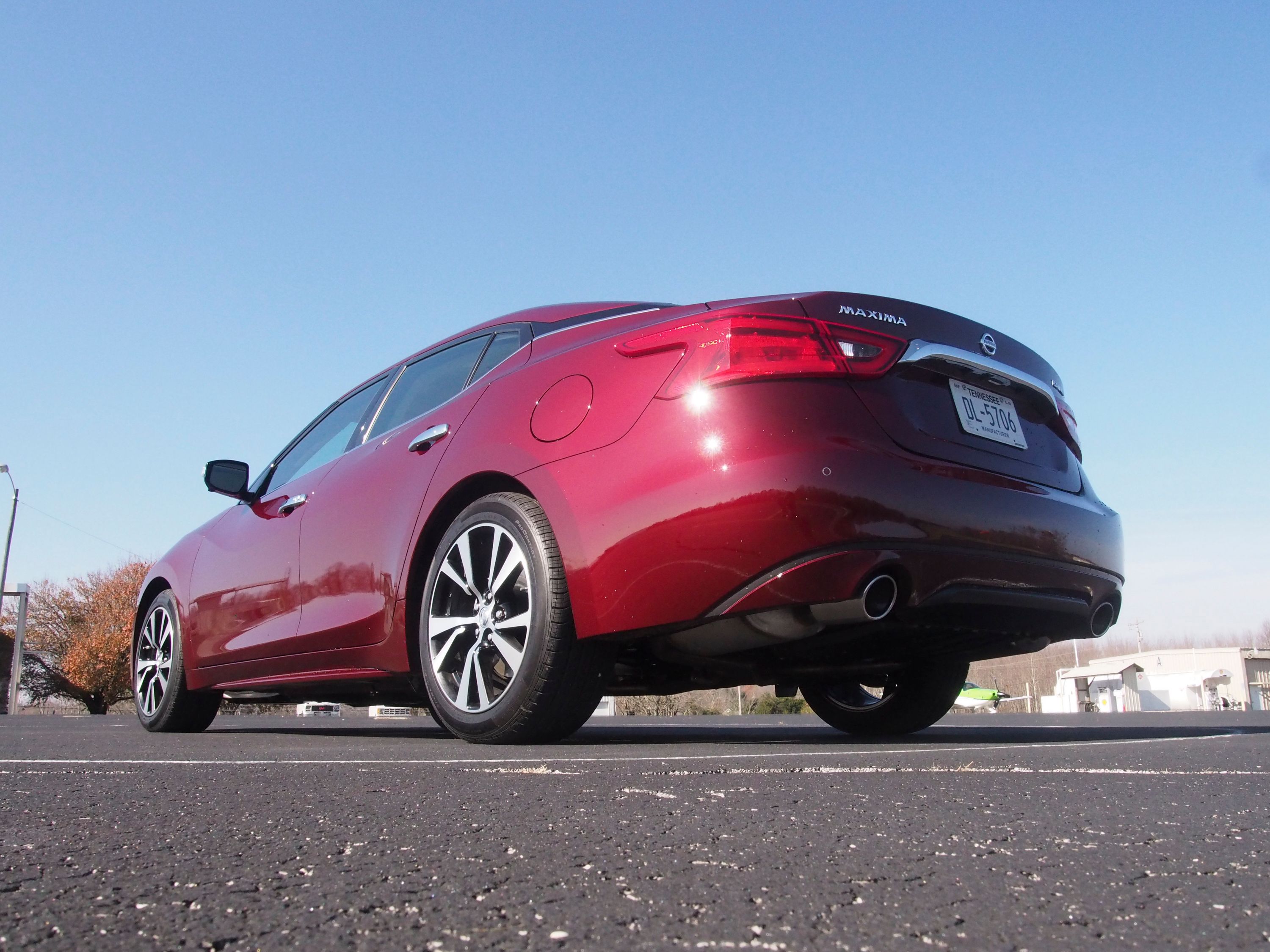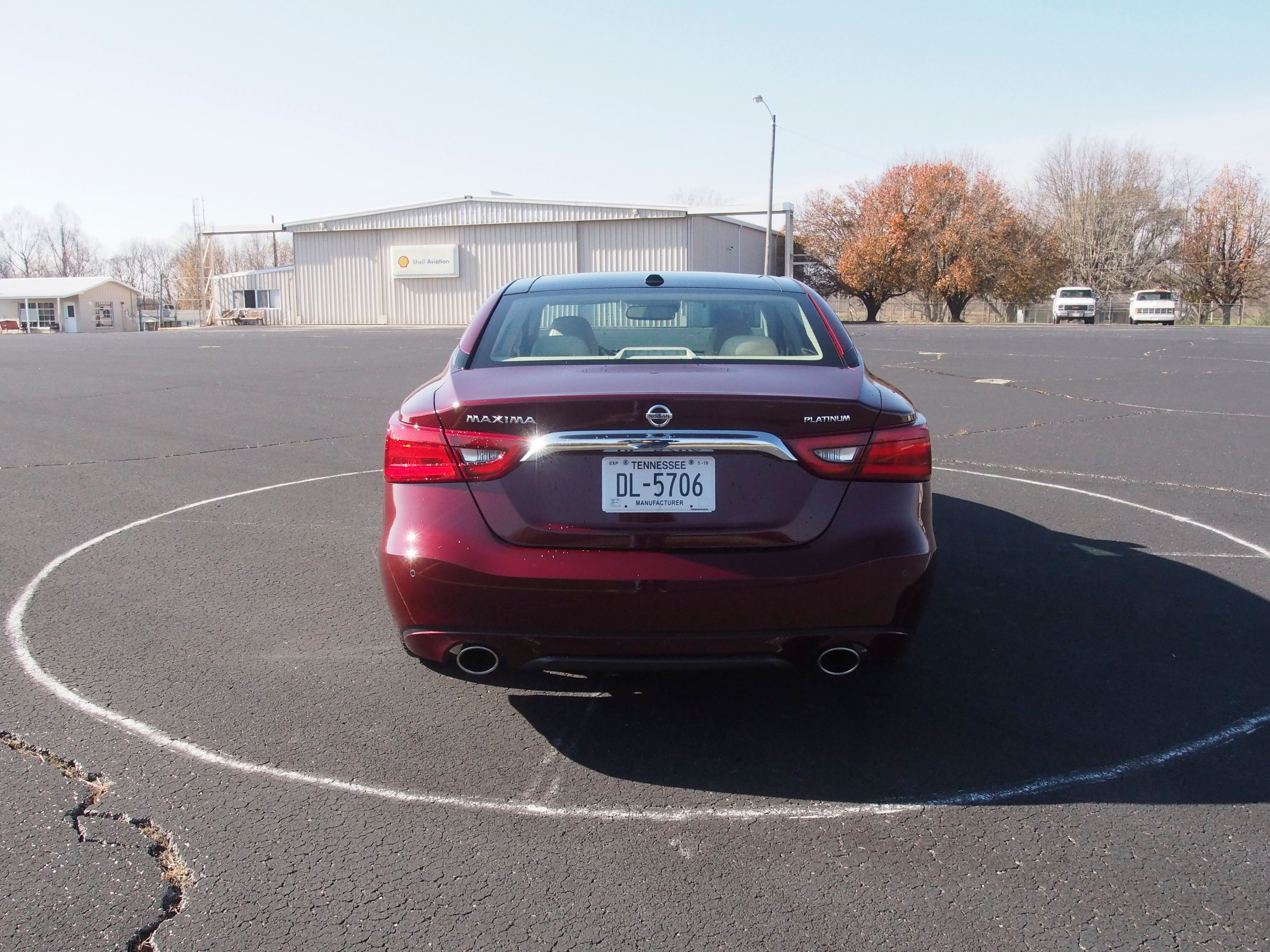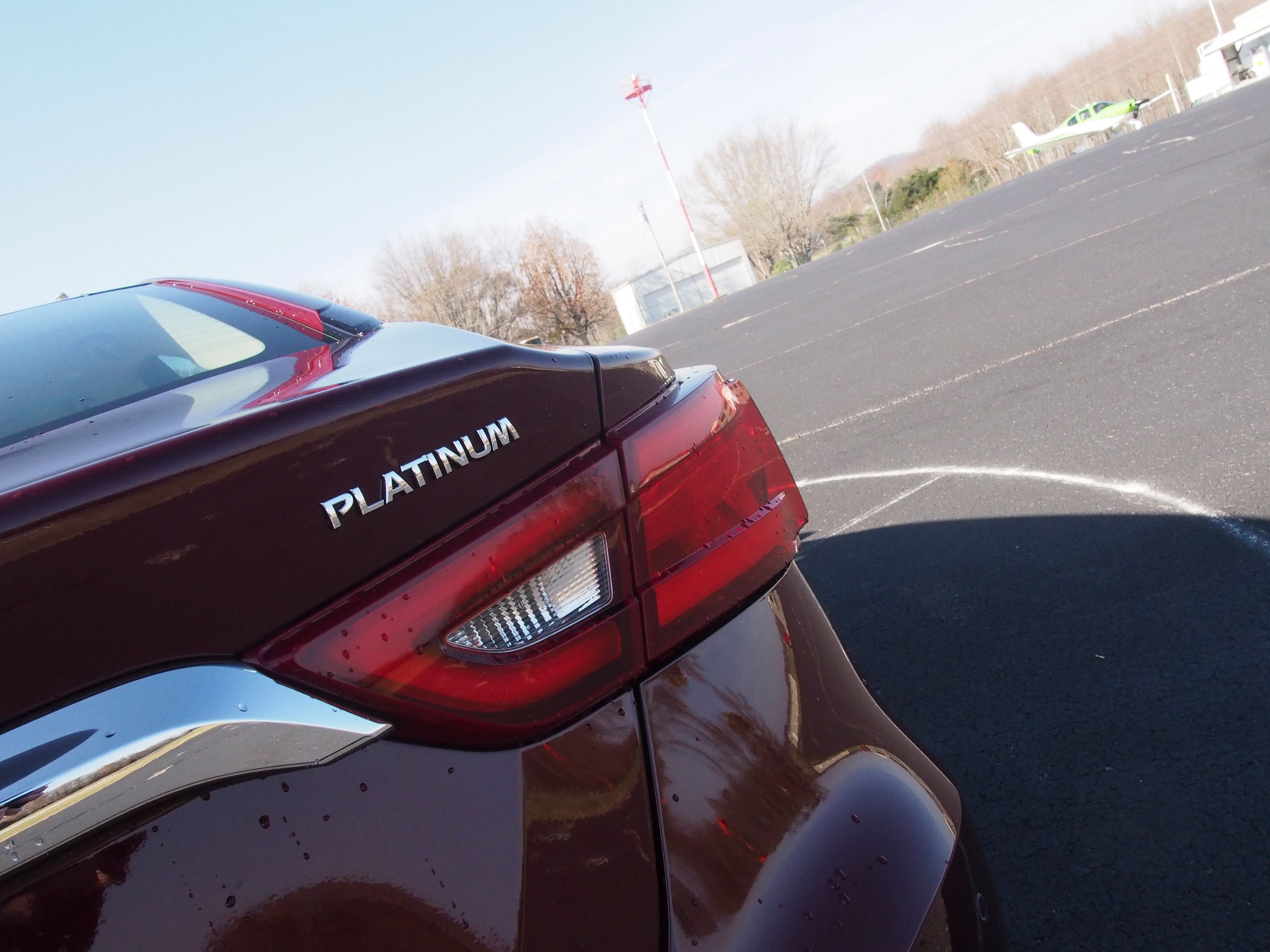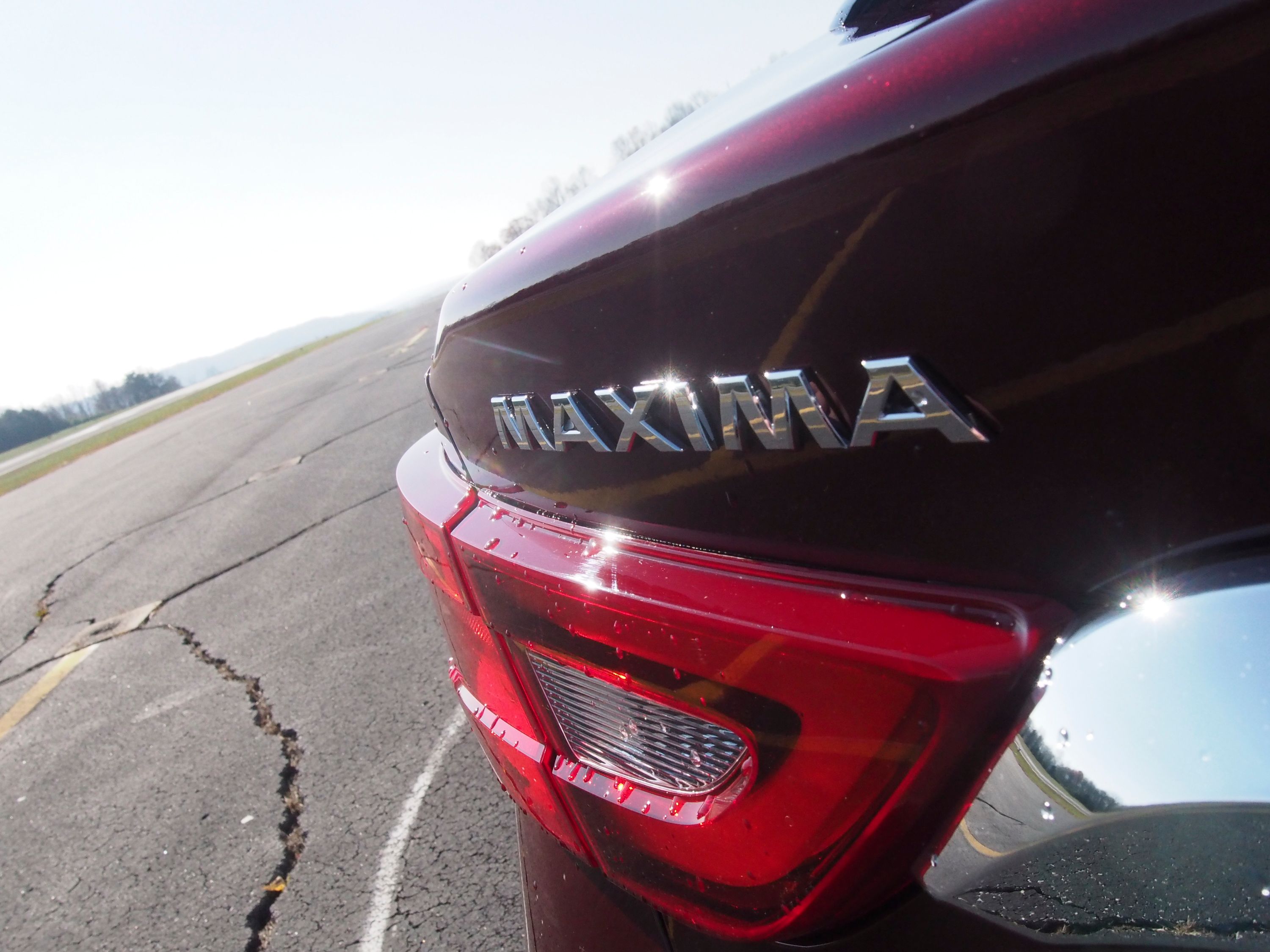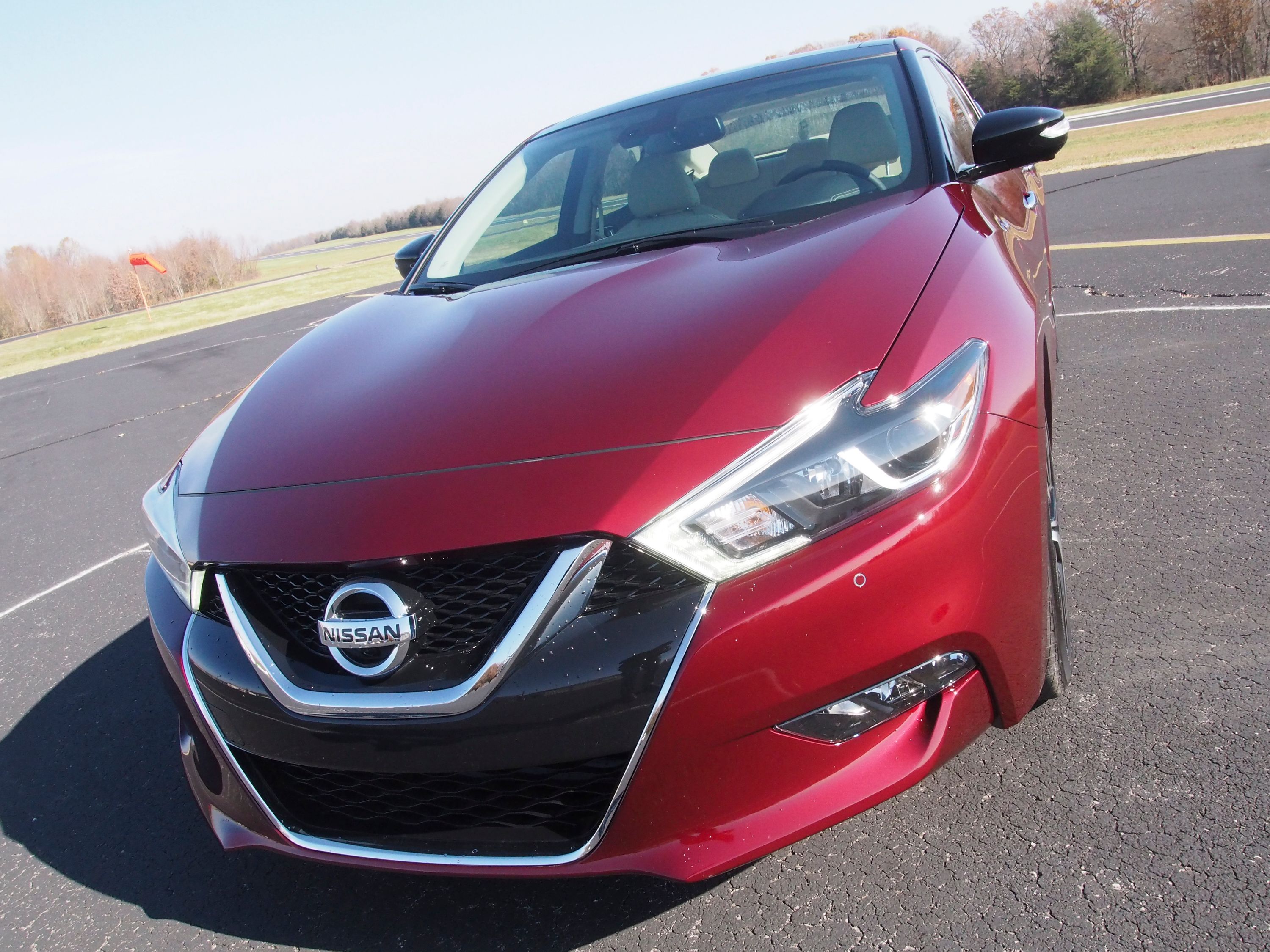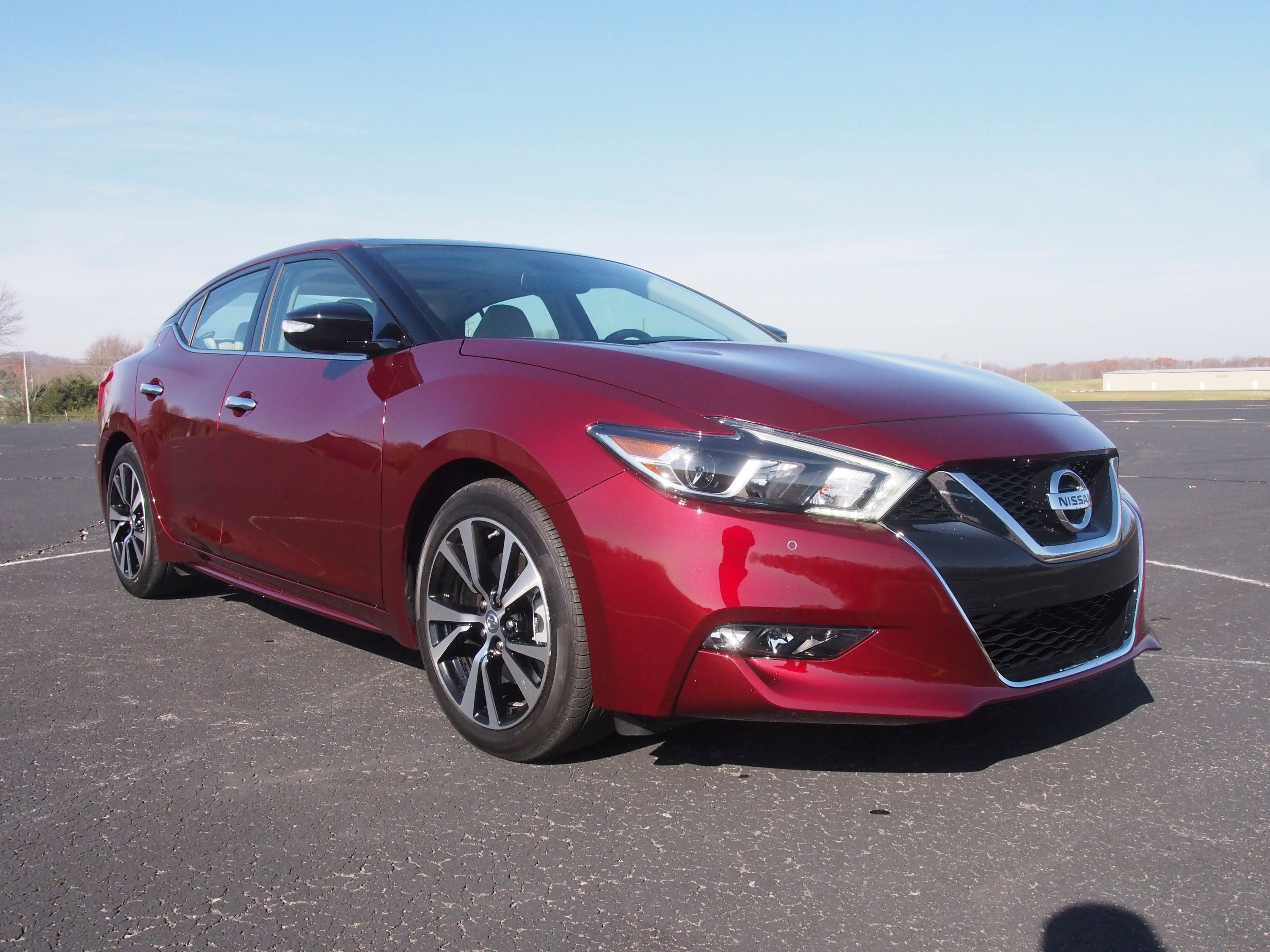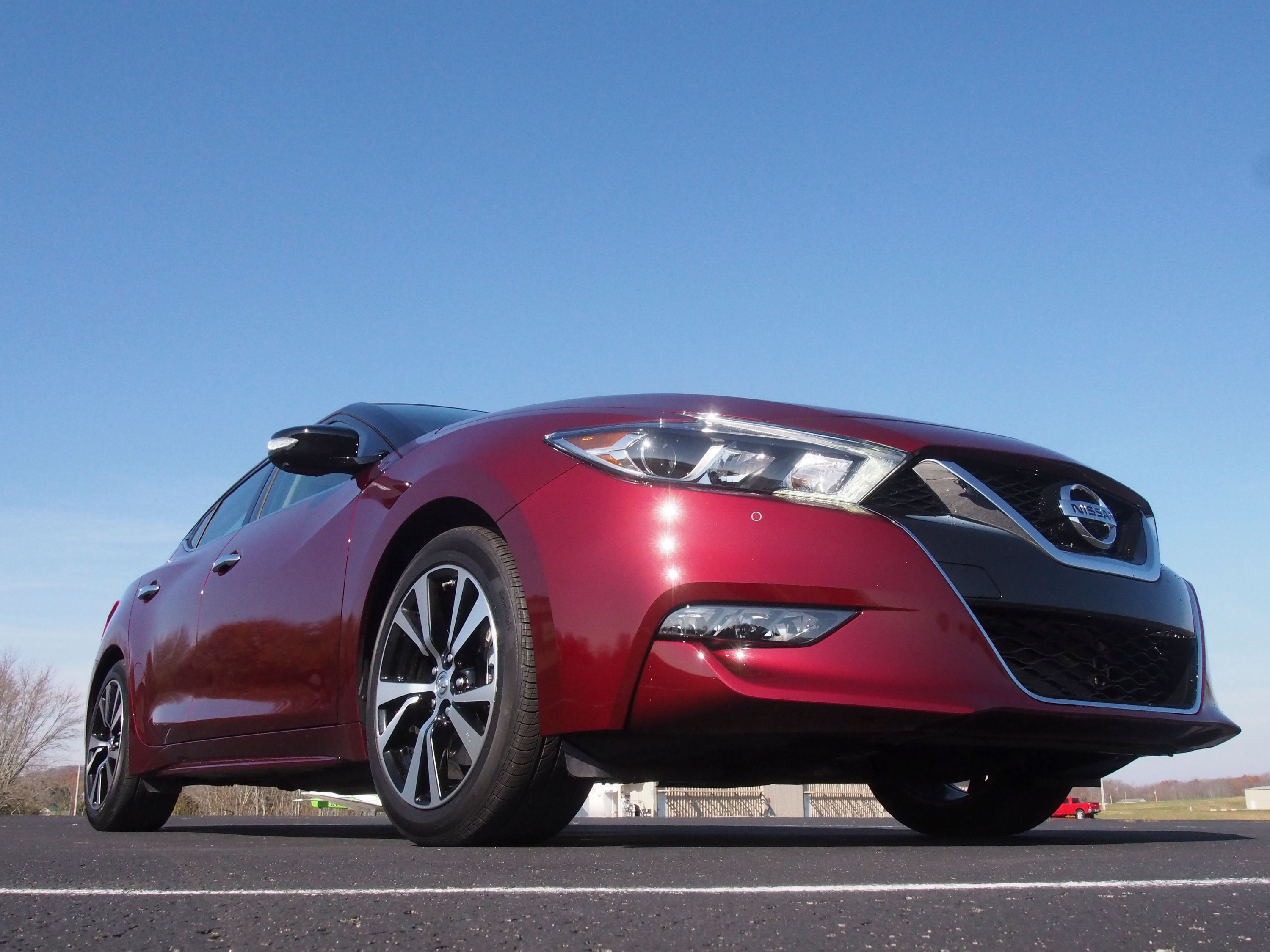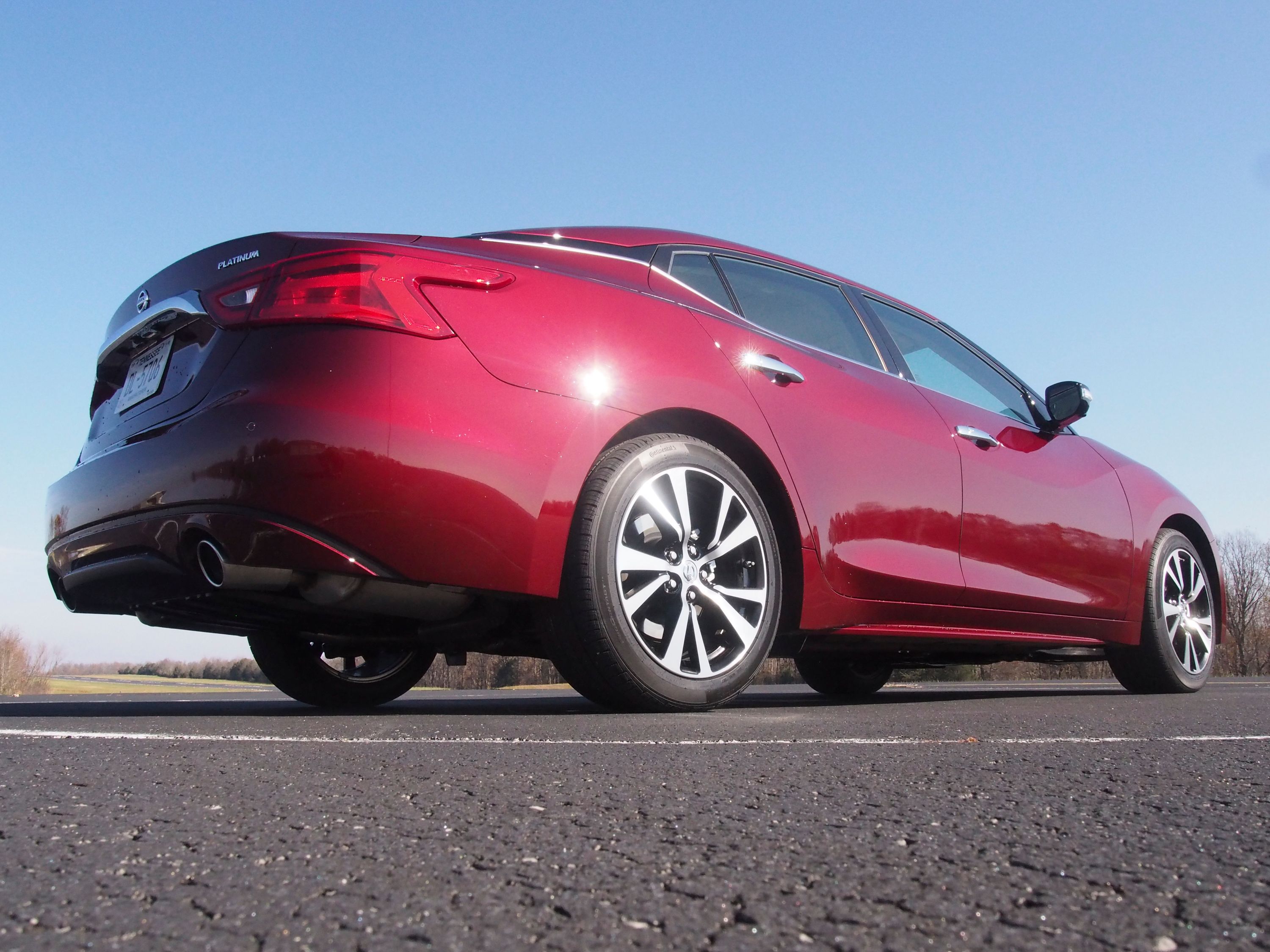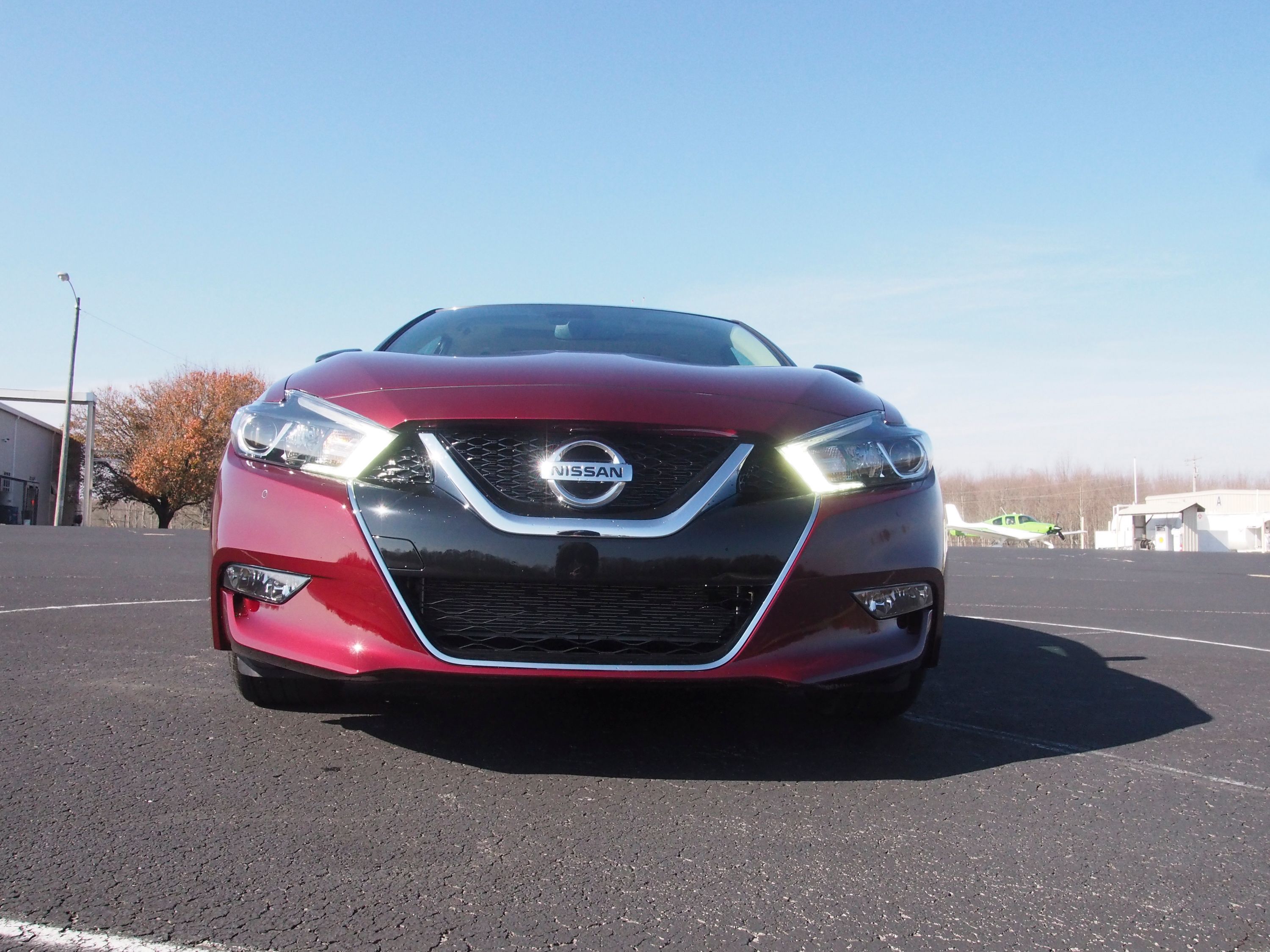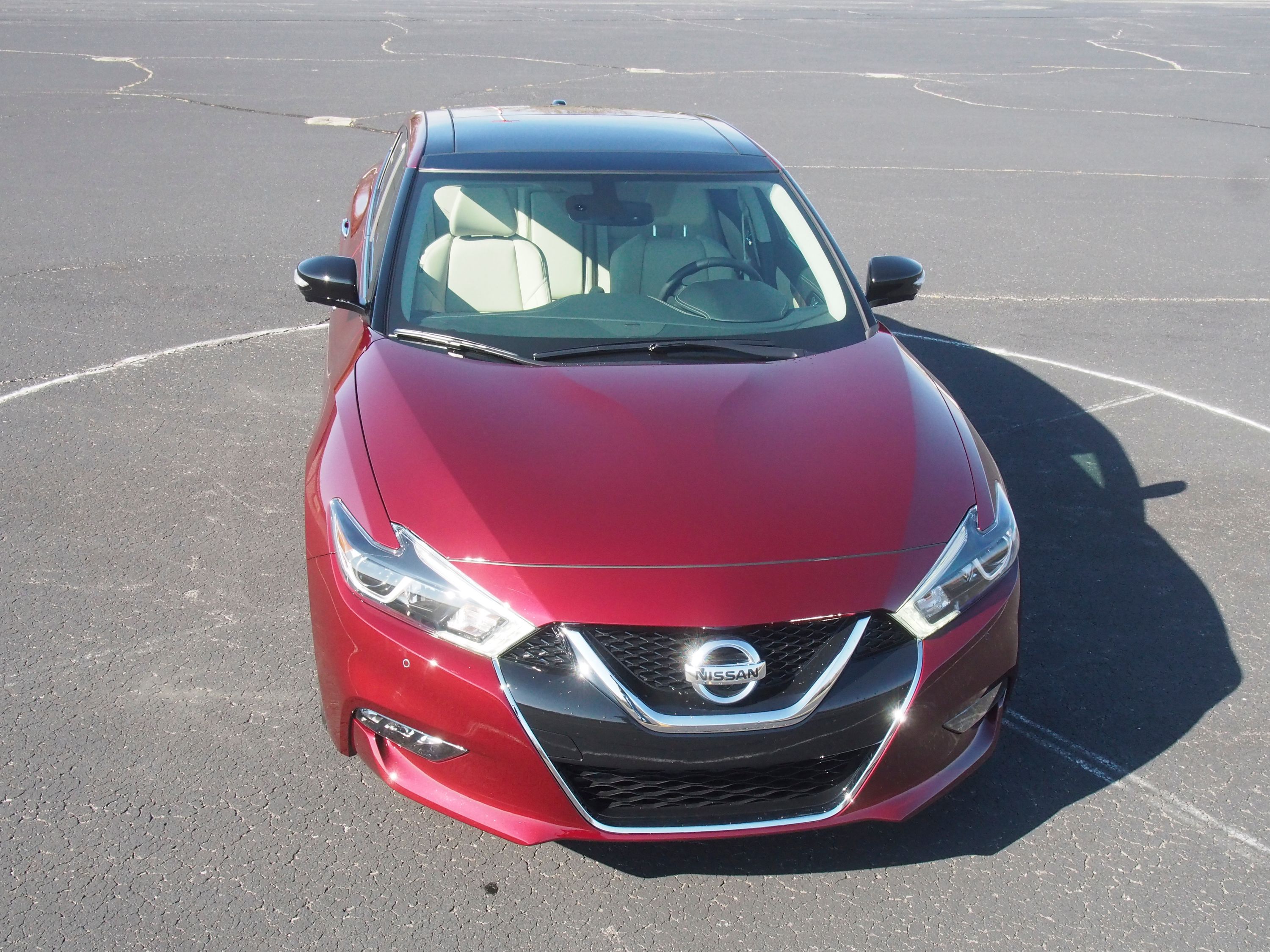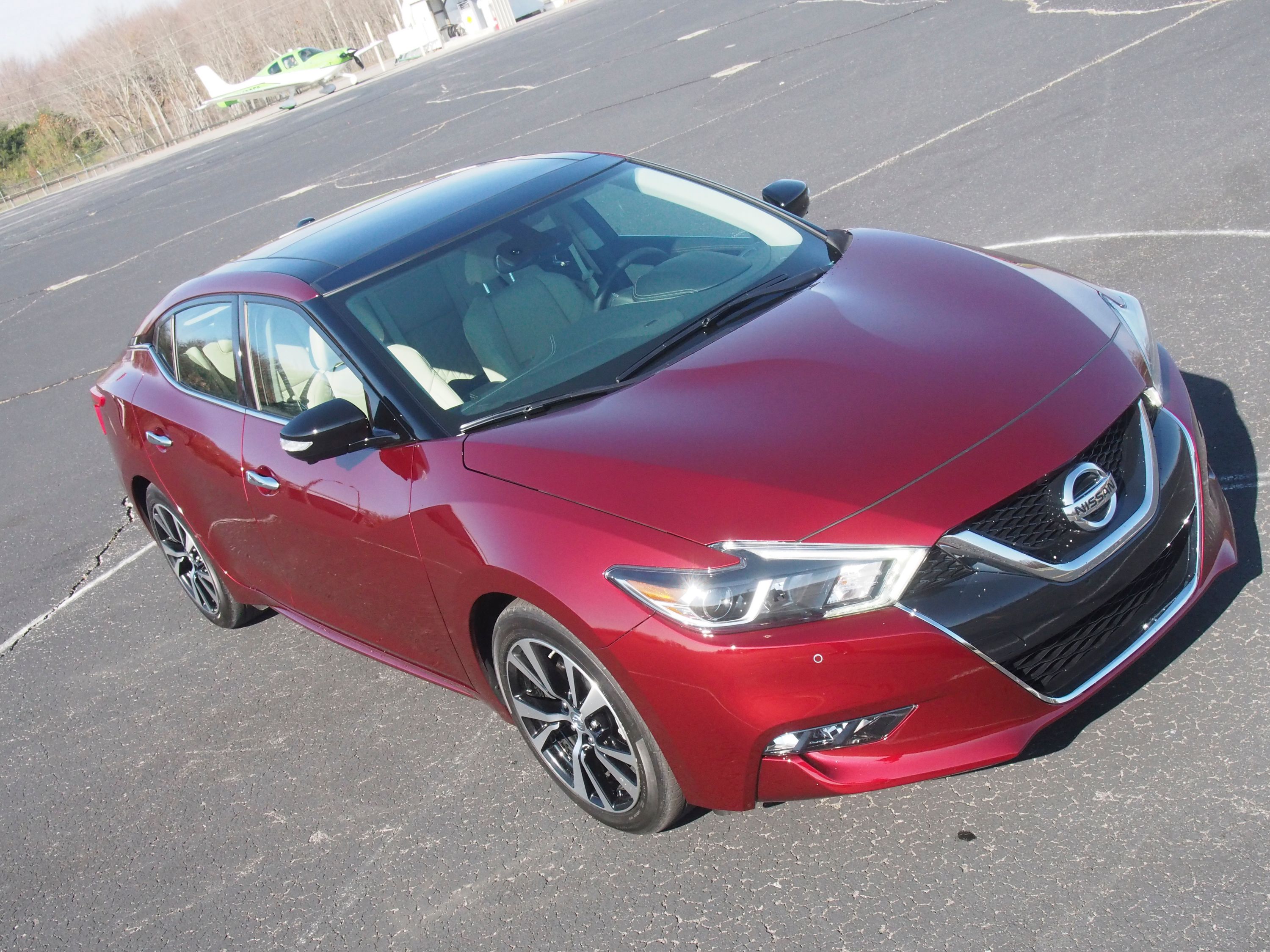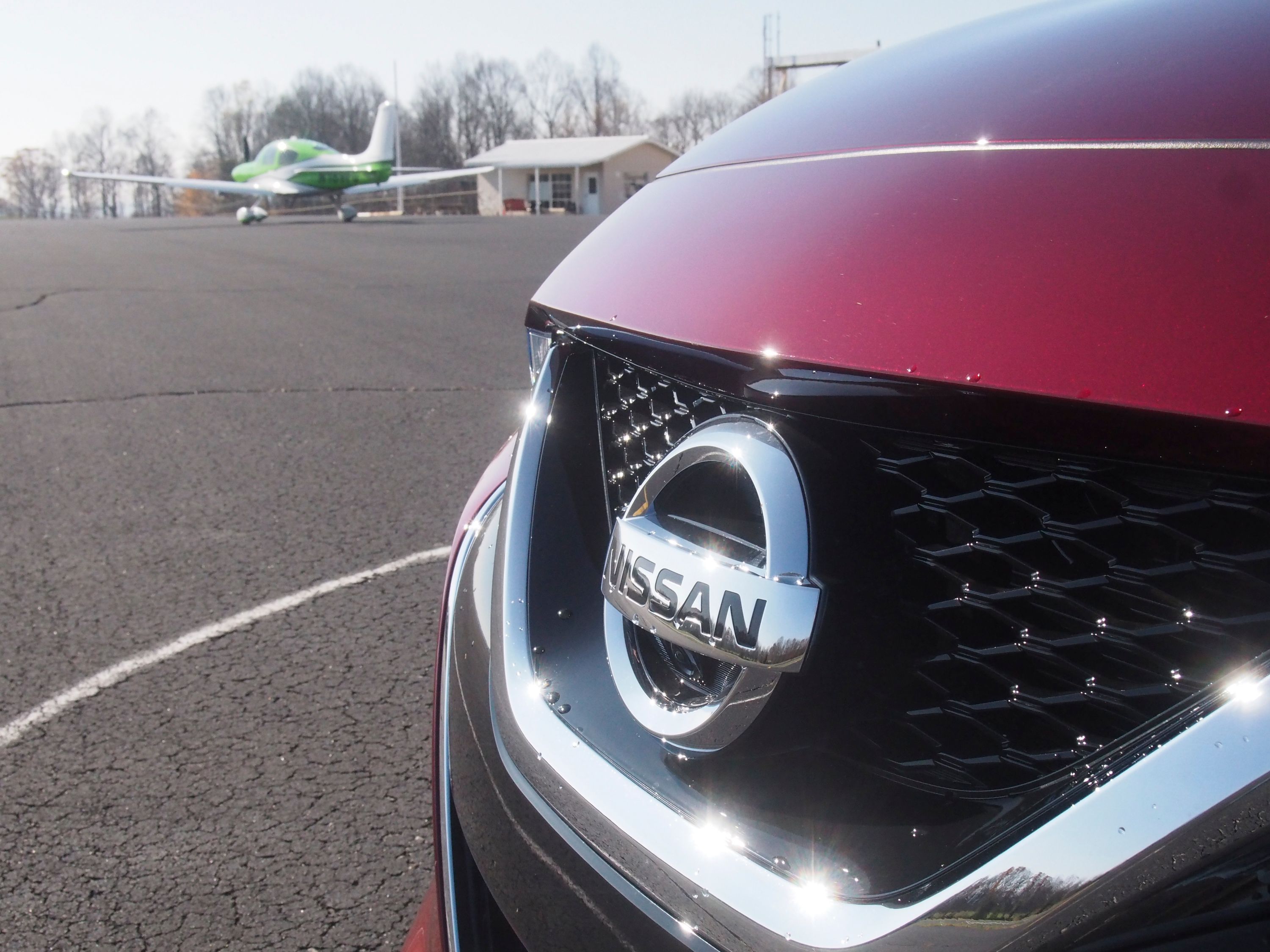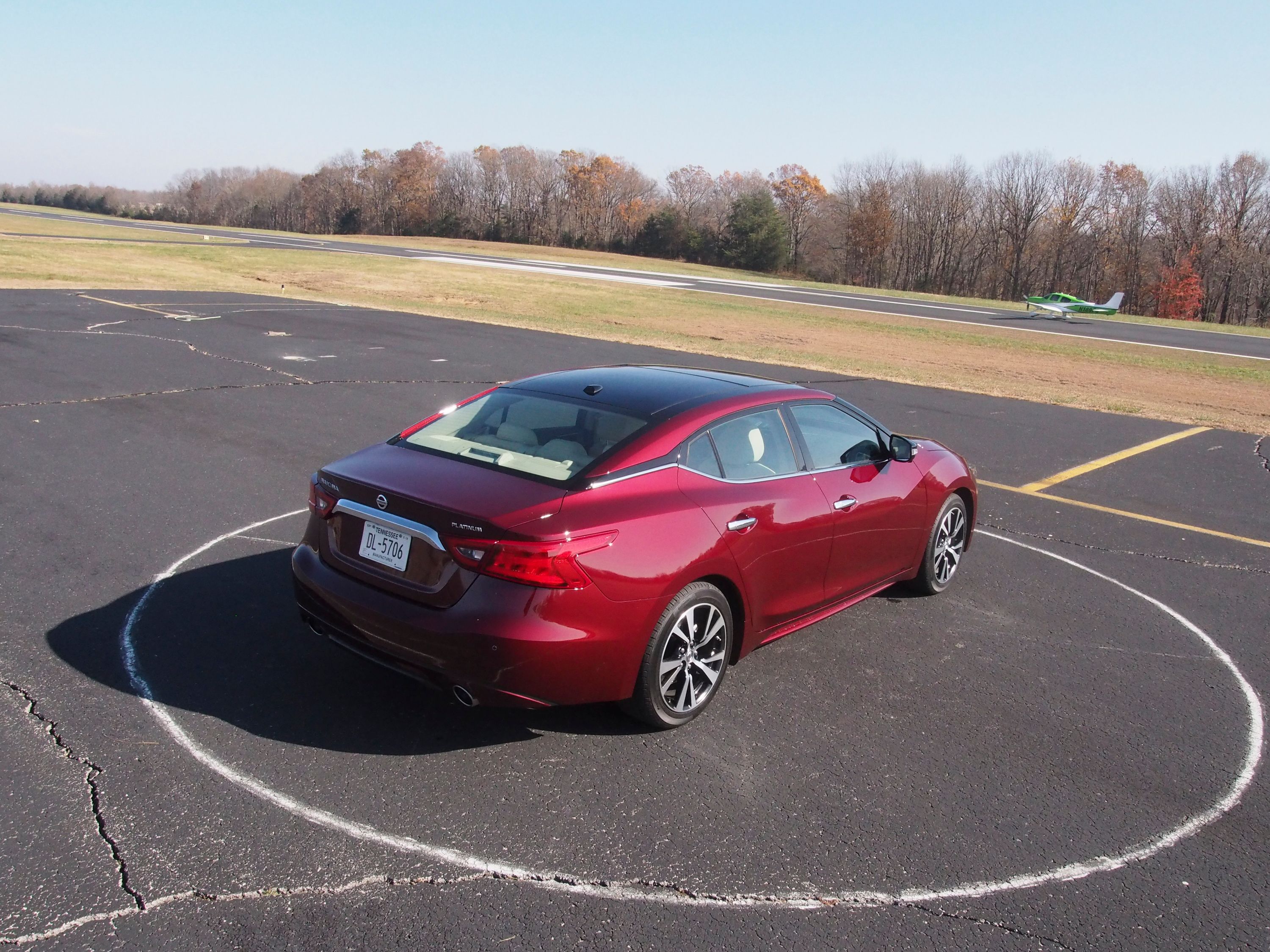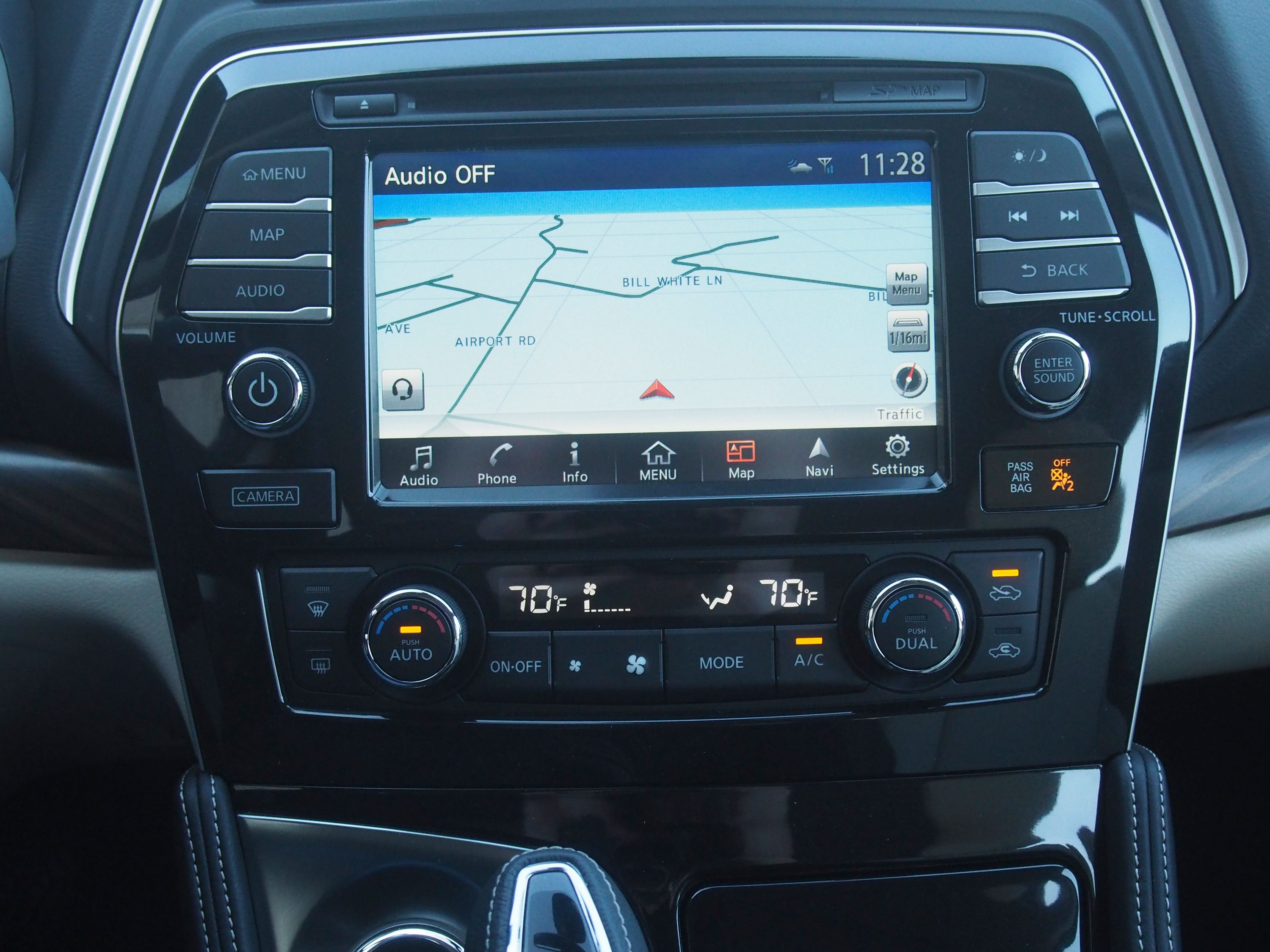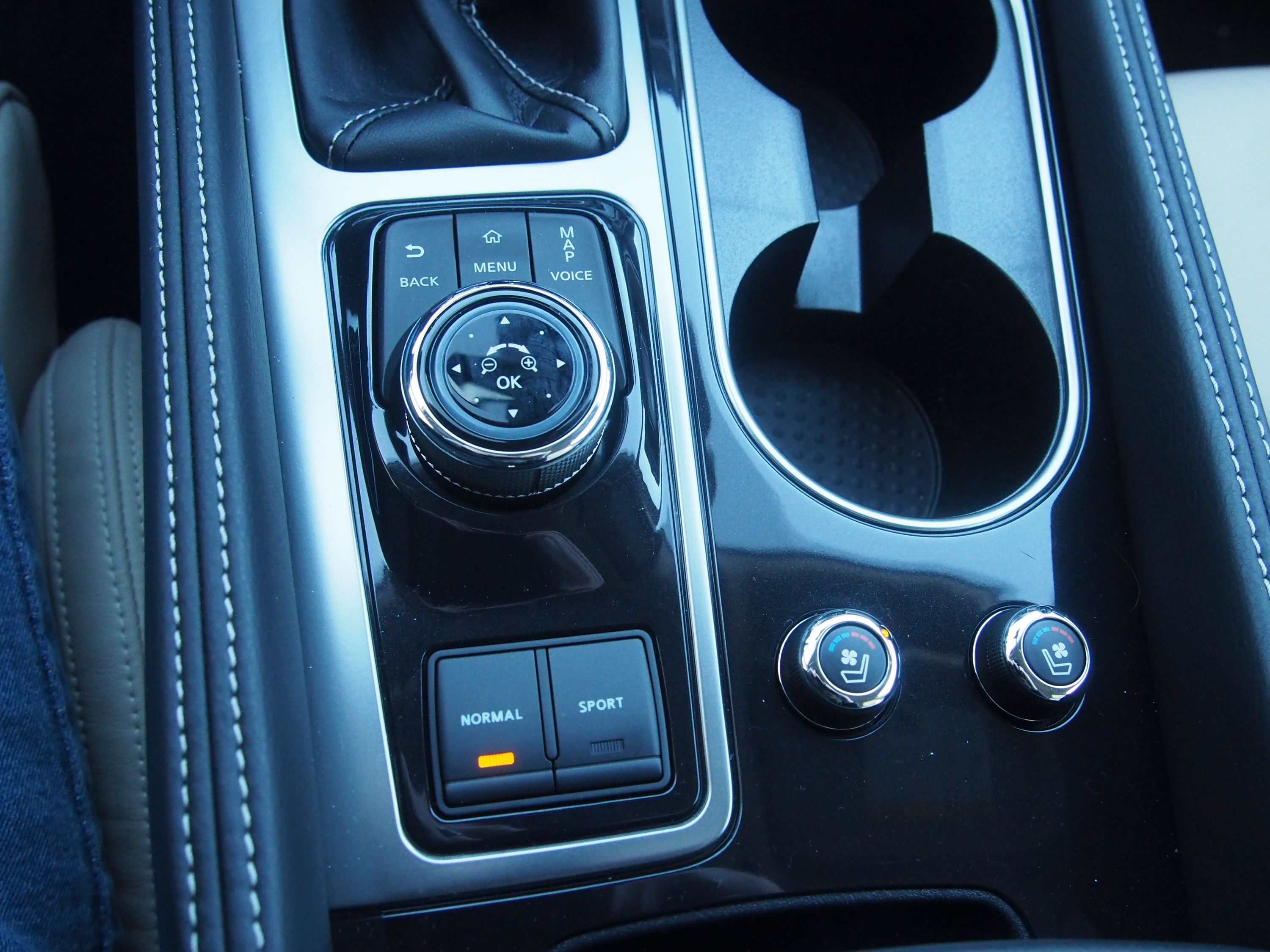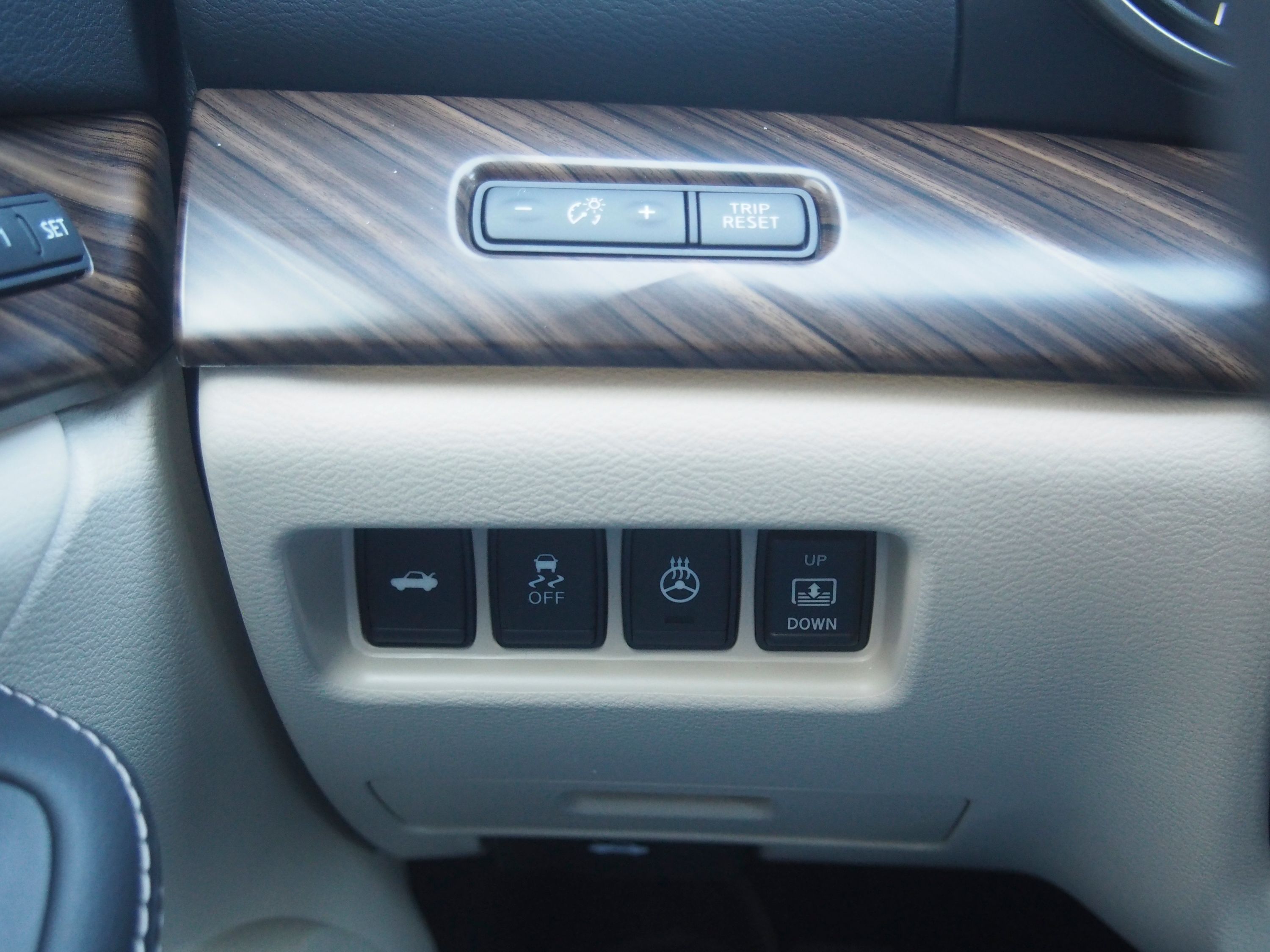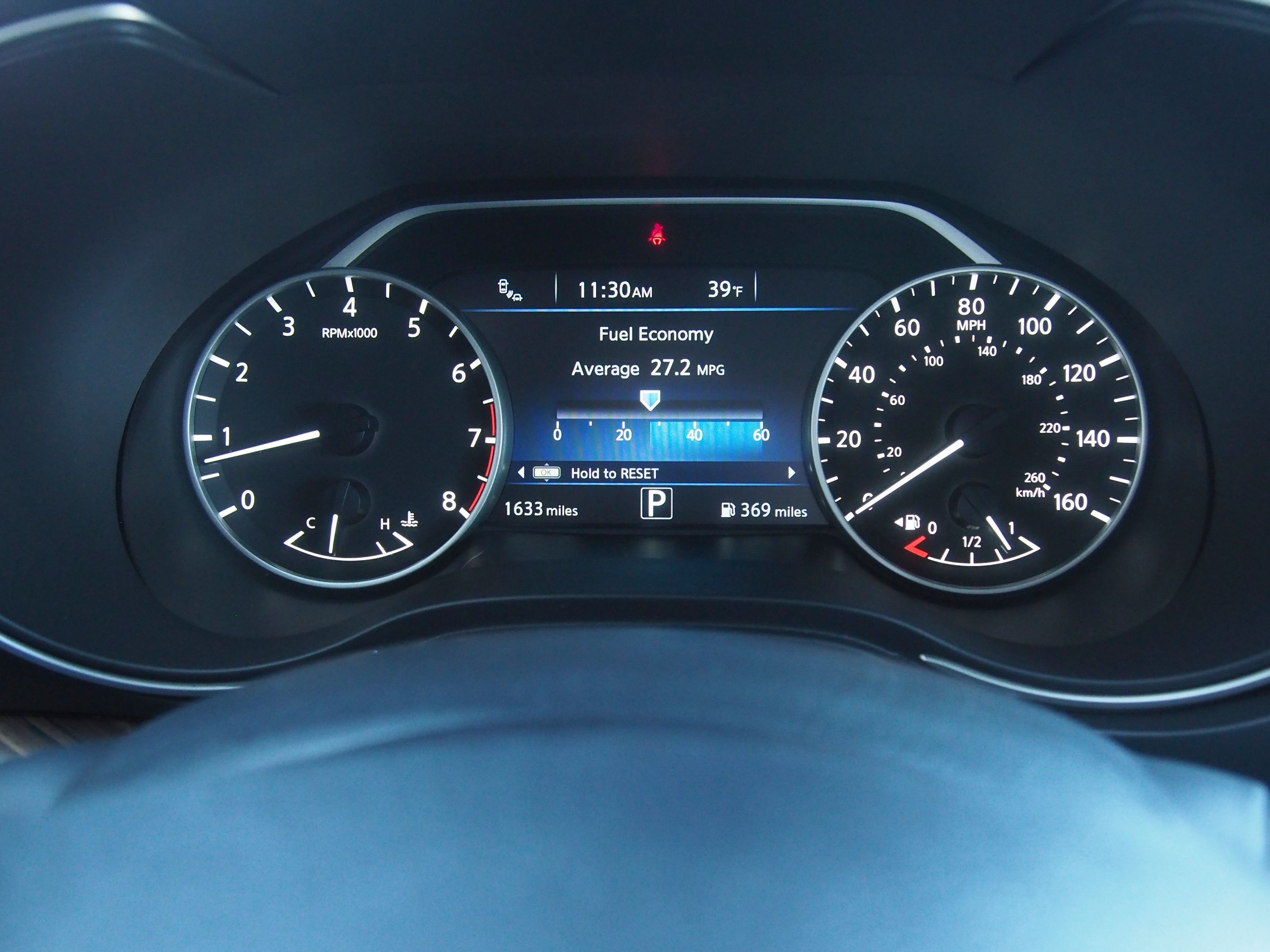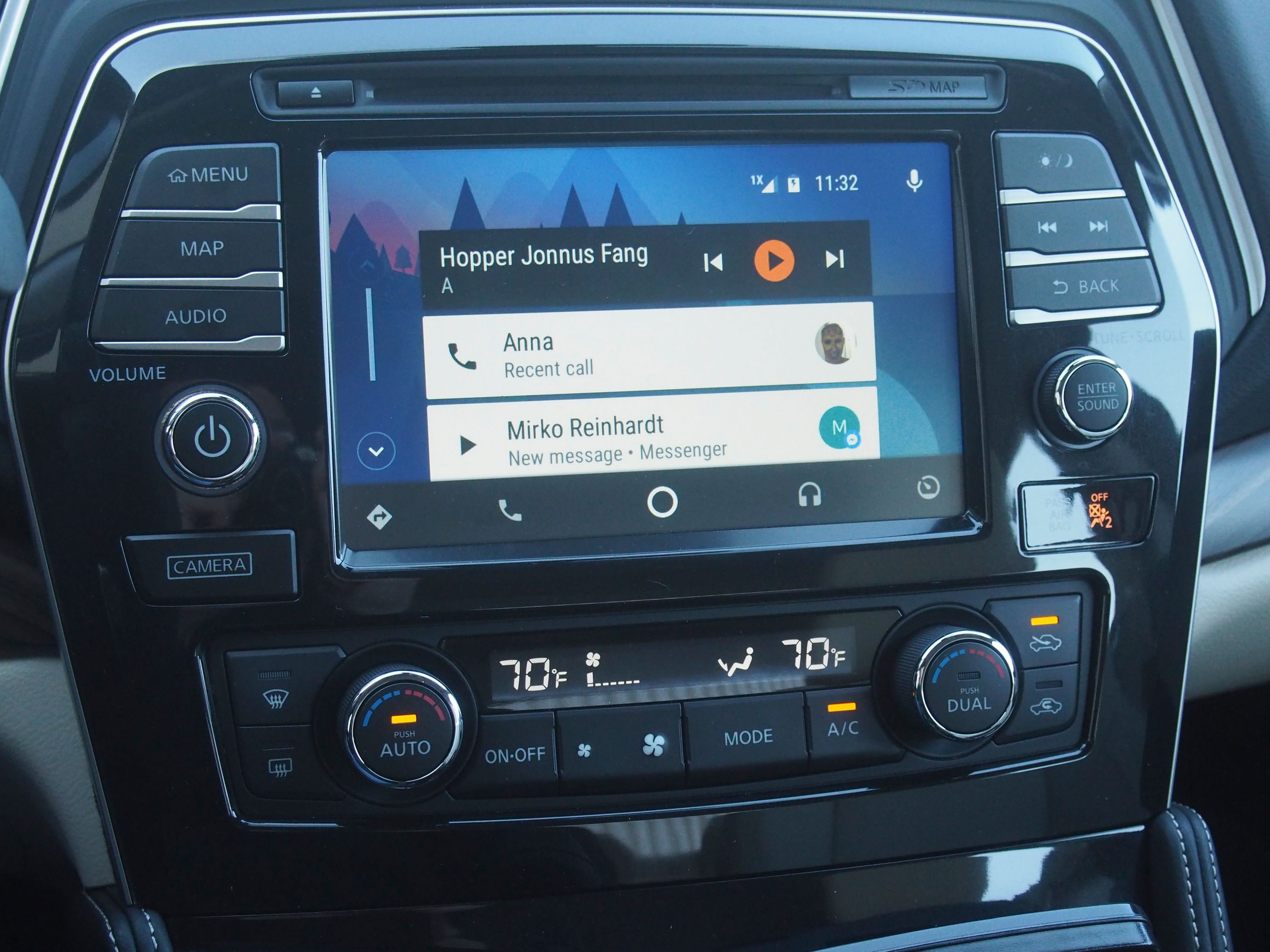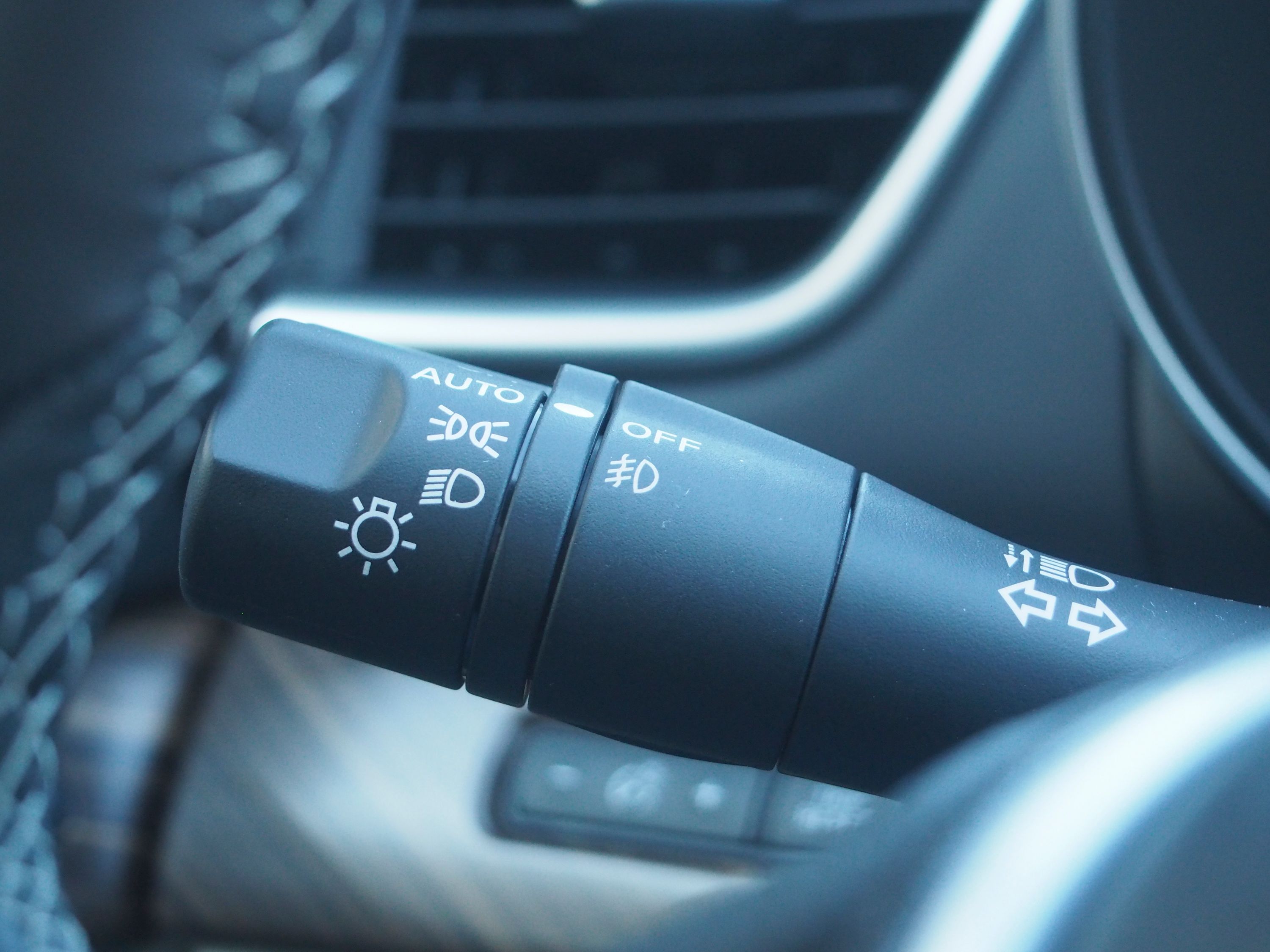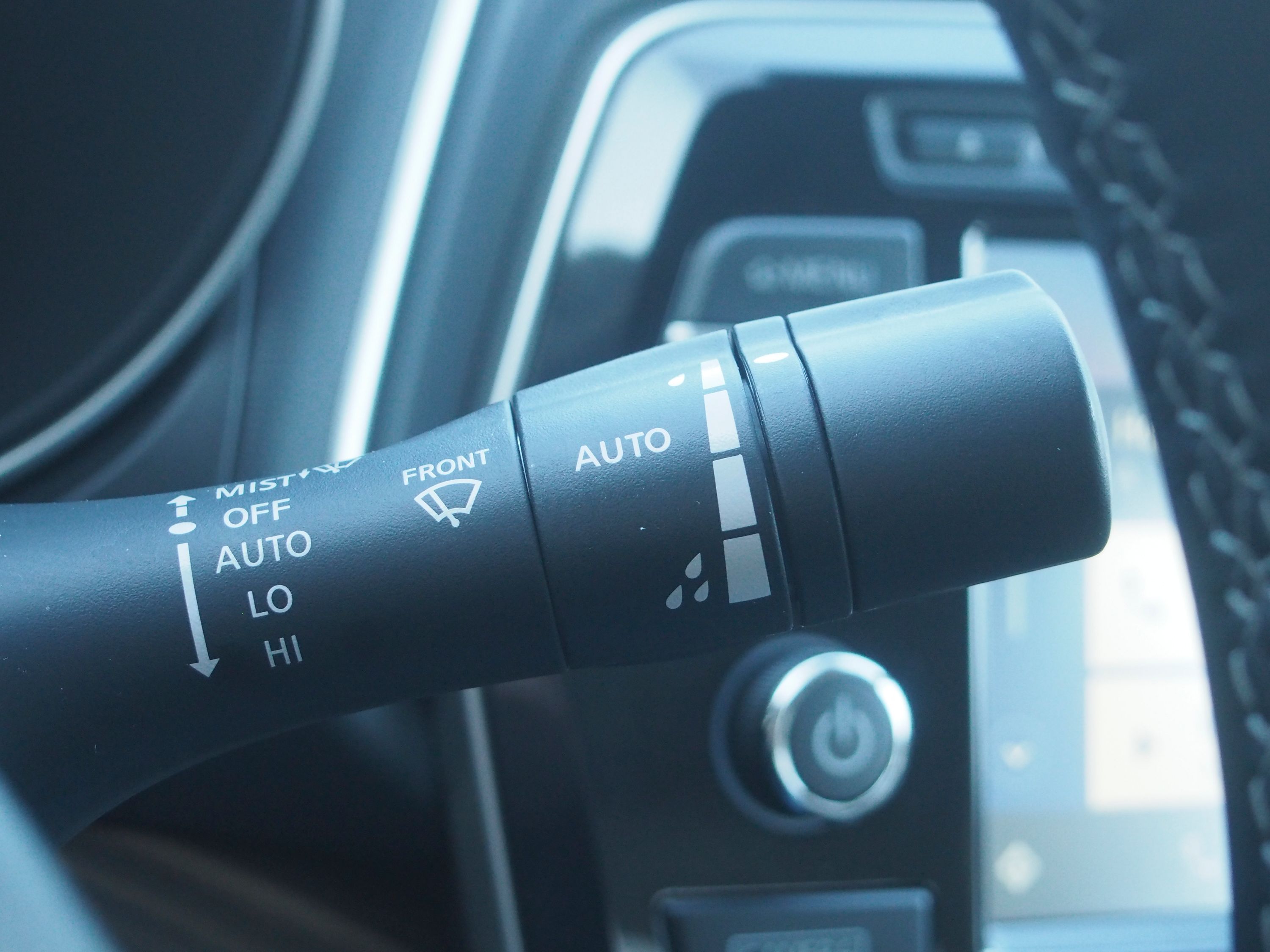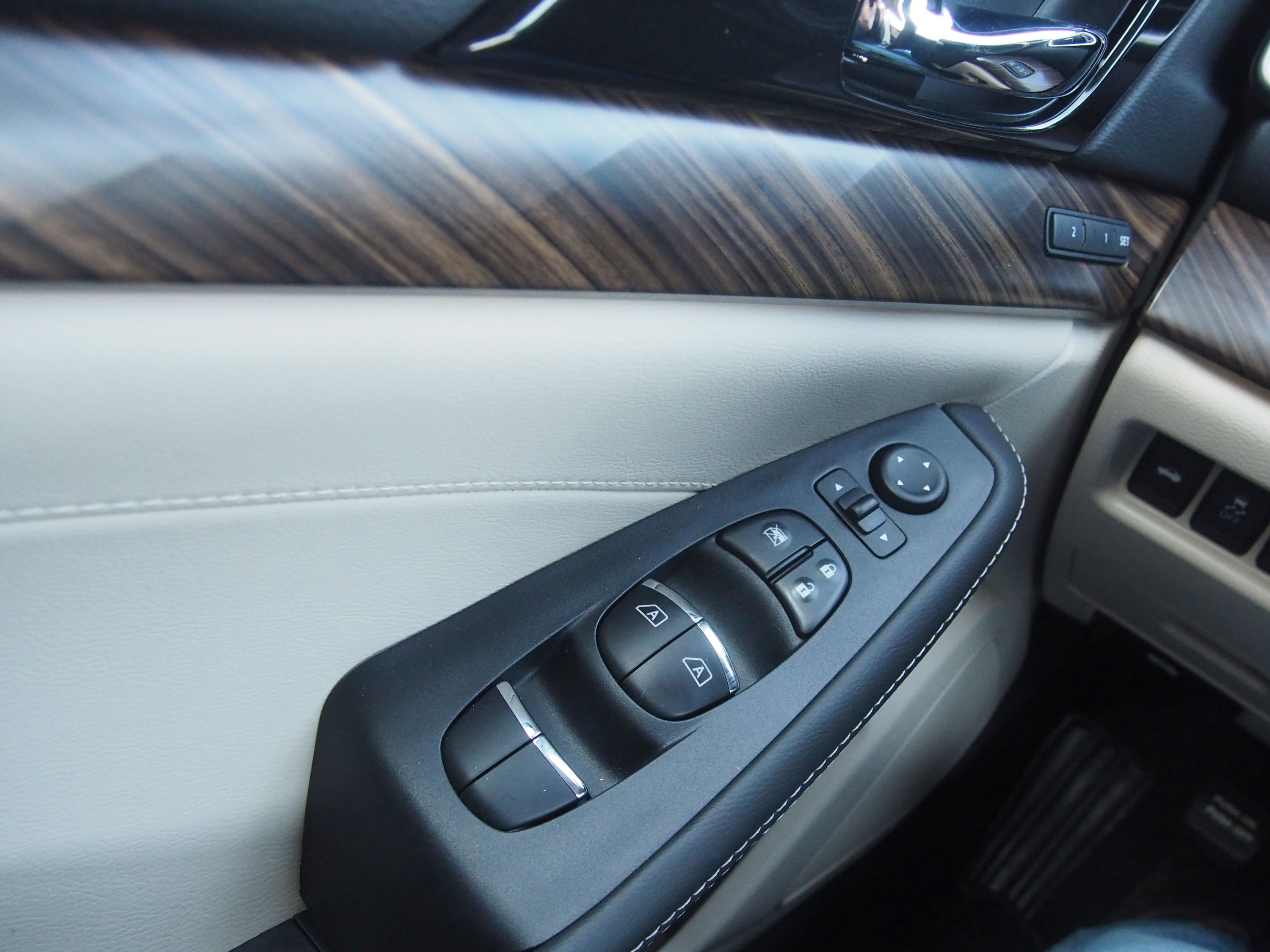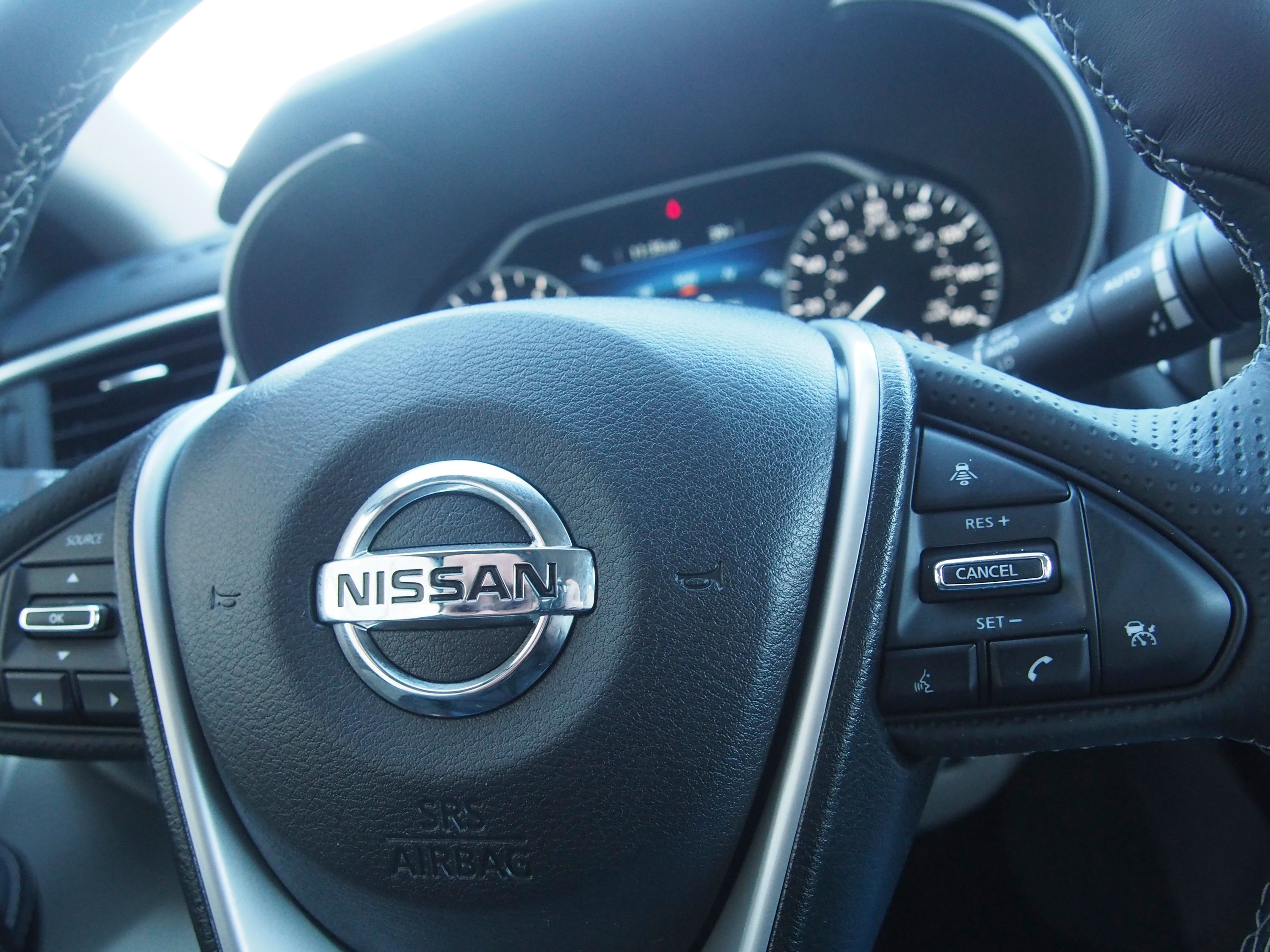The Nissan Maxima is something of an oddity in the automotive landscape. It used to be that the Max was the biggest car in Nissan’s lineup -- hence its maximum name. But for the last couple of generations, the Maxima’s size has been matched by its cheaper sister, the Nissan Altima.
This creates all sorts of confusion for some consumers. A friend saw me comparing a Camry to an Altima and said, “Shouldn’t you compare Camry to Maxima?”
No, no you should not. The Maxima is much more of a driver’s car than any Camry, though I admit the new-for-2018 Camry closes the gap a little (more on that in a minute.)
As for anyone else who may be confused by Maxima’s place in the family sedan world, let me put it this way: It punches well above its weight -- so much so that, if I were considering spending my money on an entry-level luxury car like a Mercedes CLA or Lexus ES, I’d honestly consider the Maxima in that same pack.
2018 Nissan Maxima - Driven
- Make: Array
- Model: 2018 Nissan Maxima - Driven
- [do not use] Vehicle Model: Array
Design Notes
When it was last redesigned in 2015, the Nissan Maxima set the standard by which all Nissan designs have been tweaked in the years since. The prominent “V-motion” grille signature carries over into hood creases that flow back toward the A-pillars of the steeply raked windshield. If you look carefully at just about any new Nissan model in 2018, you’ll see a reflection of those elements.
Where the Maxima design succeeds is in its muscular execution. The Maxima’s athletic stance and chiseled lines have not quite trickled down to lesser Nissan cars. That’s a good thing if you like your car to look a little different from the crowd -- as I do.
“Boomerang” head- and tail lights give the Maxima another signature design element. There are swoopy creases flowing from the front fenders and disappearing under the door handles. A rear crease gives the car its “hips”, starting in the upper middle of the rear door above the door handle and flowing back into the upper arm of that boomerang-shaped tail light lens. There’s a black trim strip on the C pillar that makes the roof look like it’s floating -- a nice visual trick.
The rear is equally well-done, with a subtle arch from tail light to tail light. There’s a wide chrome strip between those lights, hiding license plate illumination and the trunk release. Big dual exhaust outlets signal the car’s demeanor.
Interior Notes
Inside is where the Maxima truly sets itself apart from the herd of midsize family sedans. Sure, the interior is slightly smaller than its sister, the Altima. It’s also a lot nicer, especially for the driver.
The front seats feature extendable thigh support and thicker padding than most in the segment. They’re comfortable, offering support in the right places. The car I tested had leather seating surfaces with superb diamond-stitch details.
The steering wheel deserves special mention. It’s a flat-bottom, leather-wrapped wheel with aggressive grip cut-outs at the 9 and 3 o’clock positions. It felt great in my hands and had all the relevant infotainment and cruise controls at my fingertips.
The dashboard is covered in leather (or something a lot like leather) and features stitching. The test car had leather on the top edges of the center console, right where my right knee wanted to rest while driving. That was far nicer than the rough, hard plastic many cars have in that spot.
Maxima’s rear-seat legroom is a couple inches less than the Altima, but I had an easy time putting my two kids back there. More notable for those who have adult-size passengers will be the headroom, where again Maxima (35.8 inches) lacks a few crucial millimeters compared to the less-sporty Altima (37.1 inches).
Nissan deserves praise for finally including Android Auto and Apple CarPlay in the Maxima. I easily mirrored my Google Play Music and Google Maps apps on the car’s eight-inch touchscreen, and Android’s voice recognition made it easy to send responses to text messages while I was driving.
Wood appliques on the dash and door panels added even more upscale ambiance to the interior of the 2018 Nissan Maxima Platinum. Taken in concert, the Maxima feels about half a class nicer than most midsize cars in its price range.
Drive Notes
OK, maybe given Maxima’s 3,800-lb curb weight, I should choose another phrase besides “punches above its weight.” Let’s say the Maxima surprises a lot of skeptics when driven in a hurry.
Its fully independent rear suspension does a lot to improve the car’s handling and control in curves and on broken pavement. Front and rear stabilizer bars do their part, too.
I thought the steering was a bit numb, but not as dull as the last Camry I drove. It’s about on-par with the Volkswagen Passat, which I have previously praised for having a little more steering feel than most front-drive family sedans.
Critics deride that a continuously variable transmission (CVT) is the only transmission available in the so-called “Four-Door Sports Car.” True, it feels different than other performance-minded cars. I think the availability of a manual transmission would benefit this model’s street cred, even if few buyers ultimately purchased it. But the CVT does not deserve nearly the derision it gets from gearheads.
In fact, the CVT pays dividends in day-to-day driving: It’s smoother than most multi-gear transmissions, and it helps you get good fuel economy. EPA says the Maxima will get 30 MPG on the highway. Even with a long photo shoot and lots of engine idle time -- not to mention driving the car harder than most -- I got 28 MPG.
To put that in perspective, I never broke 25 MPG last time I had a Lexus GS 350. I know that’s a rear-wheel drive car, but it also has a 3.5-liter V6 engine that makes barely more power than the Maxima -- and it’s smaller and lighter.
It’s not like the Maxima is slow. There’s 300 horsepower on-tap. Nail the throttle, and the CVT spools the engine up to its peak horsepower-making RPM -- then holds it there until you ease up on the gas. Speed piles on quickly when you want it. While it lacks the shift-shock of multi-gear transmissions, the CVT does a good job finding the best mix of power and economy for your driving style and throttle position.
I saw a magazine compare the Maxima to a BMW 340i a few months before my test. The magazine said the Max couldn’t turn in the same lap time as the BMW -- it was off the pace by about three seconds. But the magazine’s professional race driver said the Max was easier to control and had a better handling feel, thanks in part to Nissan’s Active Trace Control, a system that helps the car stay on the intended cornering line by selectively applying pressure on individual brake discs. The rear-drive BMW was comparatively tail-happy and harder to control, the magazine reported.
A base 340i costs about the same as my loaded Maxima Platinum. Considering that and the much roomier innards of the Nissan, a three-second gap in lap time doesn’t seem like reason for BMW to brag. Out here in the real world, where very few take cars to the track, the Maxima is offering an awful lot of value and performance for the money.
Competitor Notes
Buick Regal
The Regal is Buick’s Maxima. It’s slightly smaller than many front-wheel drive midsize cars on the inside, but it’s also slightly sportier and more luxurious than many in its price range.
The exterior styling is a toss-up between the Max and the Regal. Both are handsome cars. The Maxima has a little more futuristic edginess to it, while the Regal is a little smoother, more timelessly designed.
Inside, Buick is the master of quietness. Regal will be quieter on the highway than Maxima. Either will offer similar levels of interior luxury, with the Regal slightly outclassing the Maxima for passenger space. The Regal is offered in “Sportback” (liftback sedan) and “TourX” (wagon) formats, which means it can be more versatile for cargo, too.
Where Regal falls short is its engine -- a 2.0-liter turbocharged four-cylinder that makes 250 horsepower and 260 ft-lbs of torque. If you opt for all-wheel drive, which the Maxima doesn’t offer, you get a bump up to 295 lb-ft of torque.
One wonders whether the Opel-based Regal will be as compelling in the future, now that Opel has been sold to PSA, makers of French cars Peugeot and Citroen. But for now, the Regal offers a slightly lower-horsepower -- and also possibly more practical -- take on the sporty front-wheel drive midsize family car.
Read our full review on the 2018 Buick Regal
Toyota Camry
Ah, Toyota Camry -- the most appliancey of automotive appliances. But for 2018, the Camry has an all-new design that injects a dose of sportiness in it.
But to get a powertrain with the same kind of sportiness offered by the Maxima, you have to choose the Camry’s XLE V6 or XSE V6 trims. Those give you a 3.5-liter, 301-horsepower V6. The XLE V6 is slightly less sporty-looking than the XSE thanks to a few front fascia tweaks between the two models.
Camry offers a double-wishbone rear independent suspension and front and rear stabilizer bars, much like the Maxima. Expect the Camry to feel good in the curvy and bumpy stuff, for a front-wheel drive car. But you should also probably expect it to be slightly louder than the Maxima, and you should probably expect some of the interior features to be less luxurious than the Maxima. Toyota continues to stubbornly resist Android Auto and Apple CarPlay connectivity, for example.
The Camry does offer more trims and options than the Maxima. There’s no hybrid version of the Max, for example, while Toyota offers that. And the Camry is slightly larger inside, particularly in the rear. But overall, I find the Camry boring compared to the Maxima. Start penning those comments, Toyota fans.
Read our full review on the 2018 Toyota Camry.
Kia Stinger
Here’s the oddball in my comparisons. The Kia Stinger is a rear-wheel drive car that’s being marketed as a competitor to European luxury cars. But remember the Maxima being compared favorably to a BMW 340i? I don’t think there’s as much space between the Maxima and the Stinger as Kia would have us believe.
On top of that, they’re both about the same size. Maxima actually offers slightly more space inside, particularly for front-seat occupants. Stinger will outpace the Maxima on the track or at the stoplight grand prix, however, with an available 365-horsepower, 376 lb-ft twin-turbo 3.3-liter V6.
But again, how many of us are really taking these cars to the track? The only thing the extra 65 horsepower does is helps you lose your license faster if you’re driving on public roads.
The Stinger is a compelling car that starts at about the same price as a base Maxima. If you go all-in for a V6 Stinger GT, you’ll spend a bit more than the MSRP of my loaded Maxima Platinum.
I’d have a hard time choosing between the two, honestly. But in a world too full of bland cars, that’s a good problem to have.
Read our full review on the 2018 Kia Stinger
Conclusion
At an as-tested price of $42,270, the Nissan Maxima Platinum offered a lot of value. The interior and driving experience were nearly worthy of Nissan’s luxury division, Infiniti.
The biggest competition for the Maxima might be the V6 Altima. Though relatively rare in the overall mix of Altimas you’ll find on your local Nissan lot, the V6 Altima offers the same powertrain you find in the Maxima. But thanks to its more affordable roots -- and fewer luxury and handling goodies -- the Altima V6 tends to undercut the Maxima in price.
That said, no Altima handles like the Maxima, and I find that there’s no Altima that can equal the Maxima’s attractive design or luxurious interior.
Disclosure: Nissan provided the vehicle, insurance, and a tank of fuel for this review.
References
Nissan Maxima
Read our full review on the 2017 Nissan Maxima.
Read more Nissan news.

